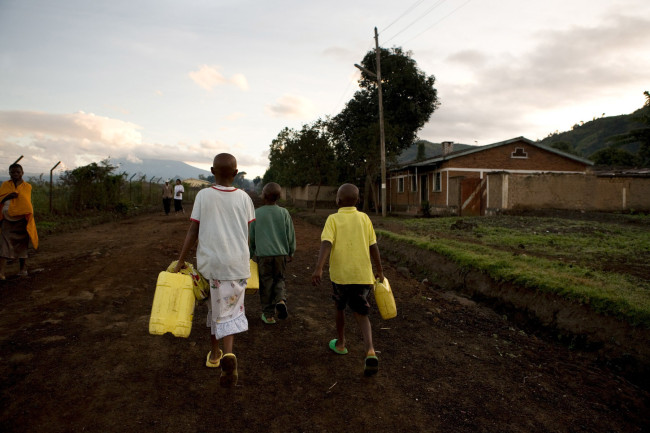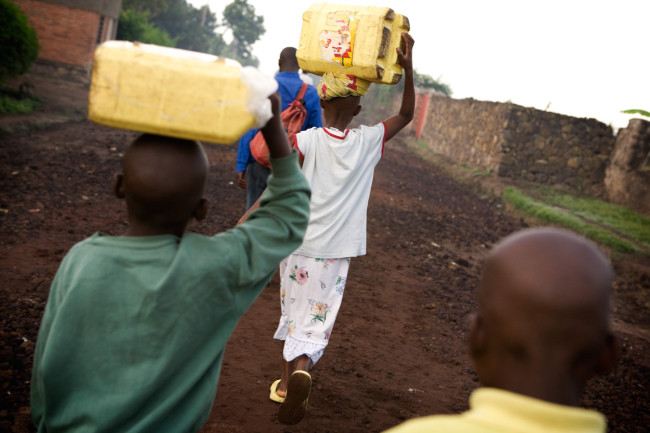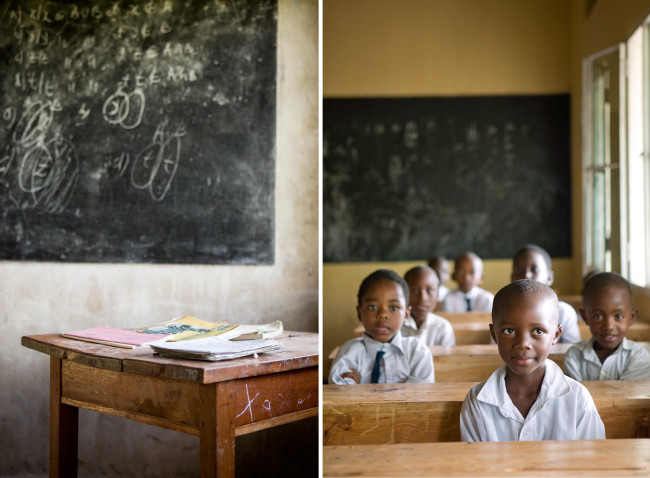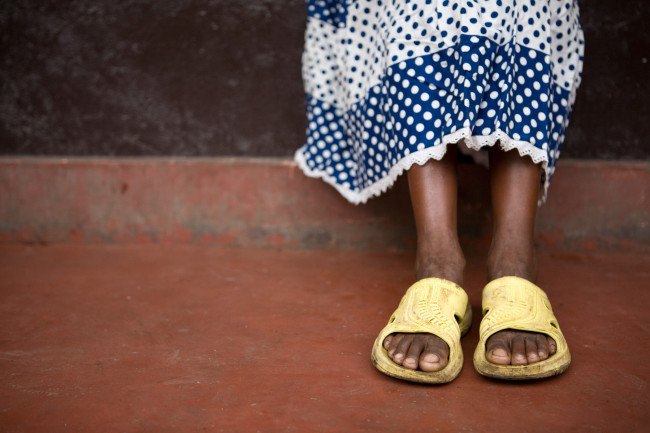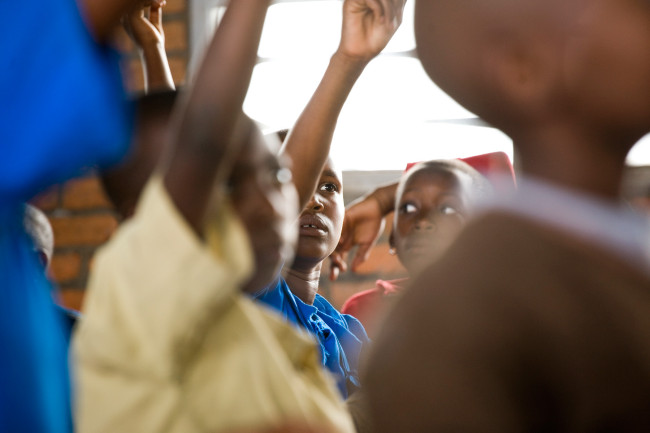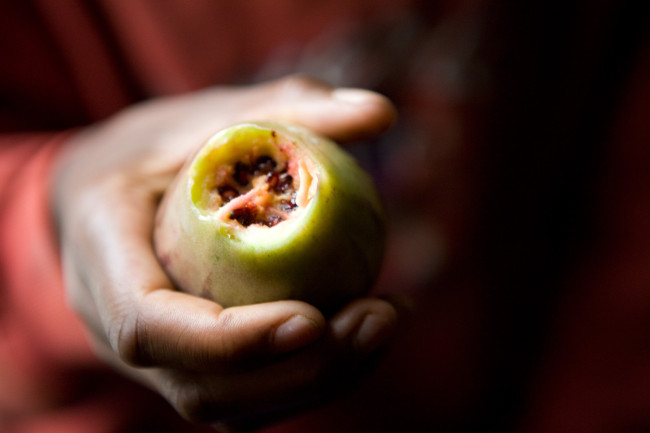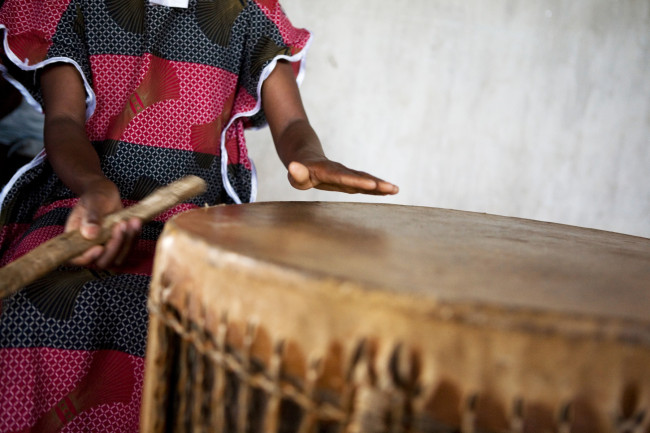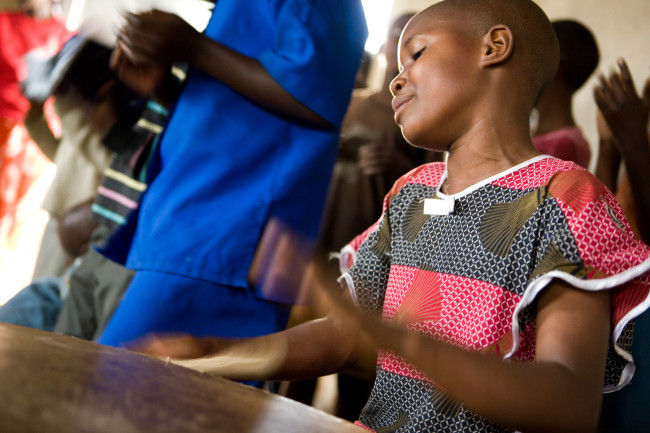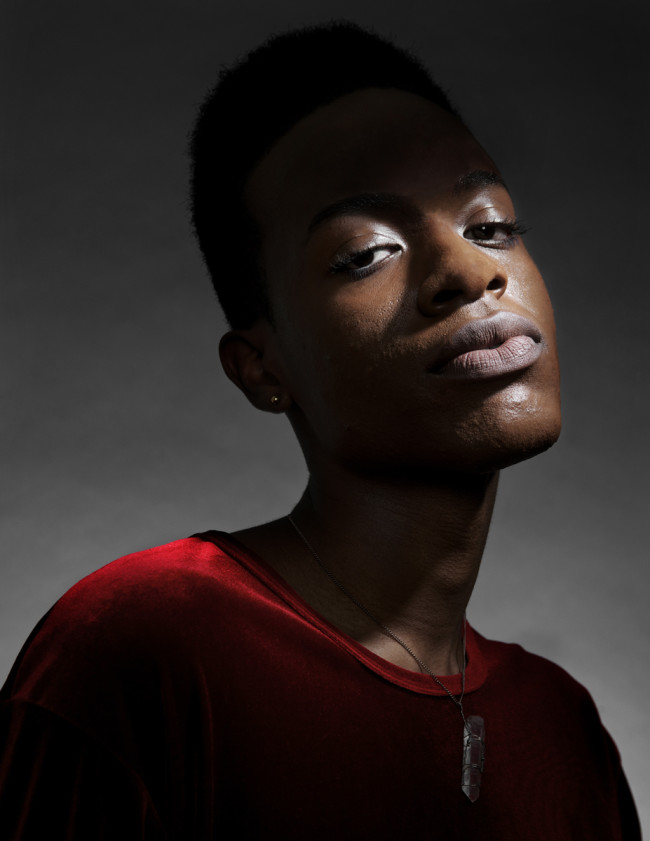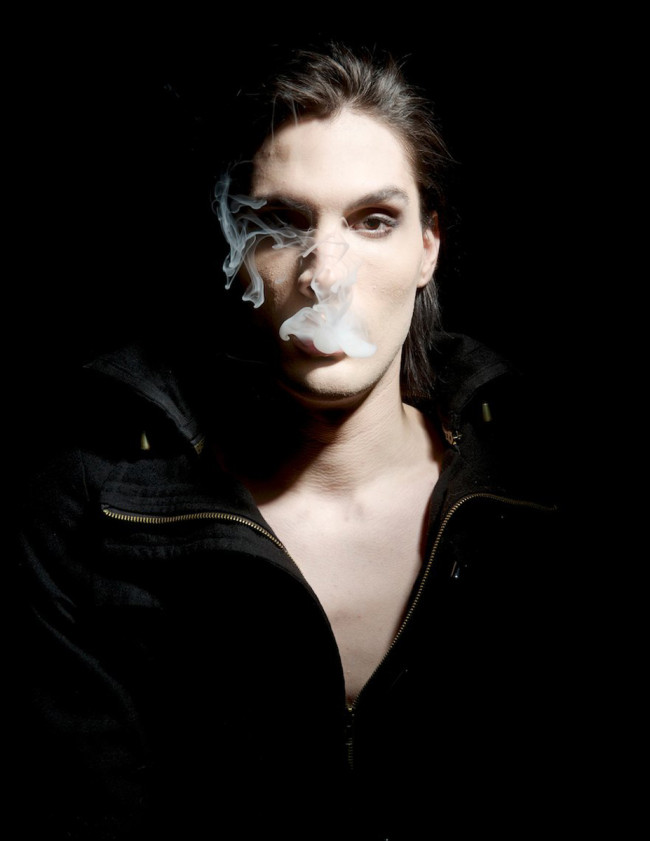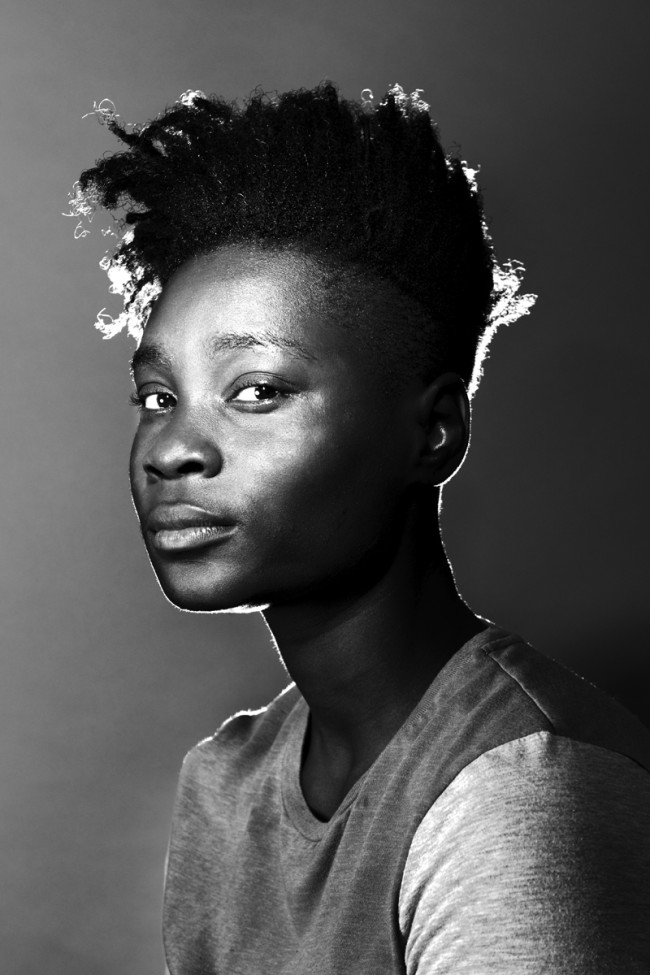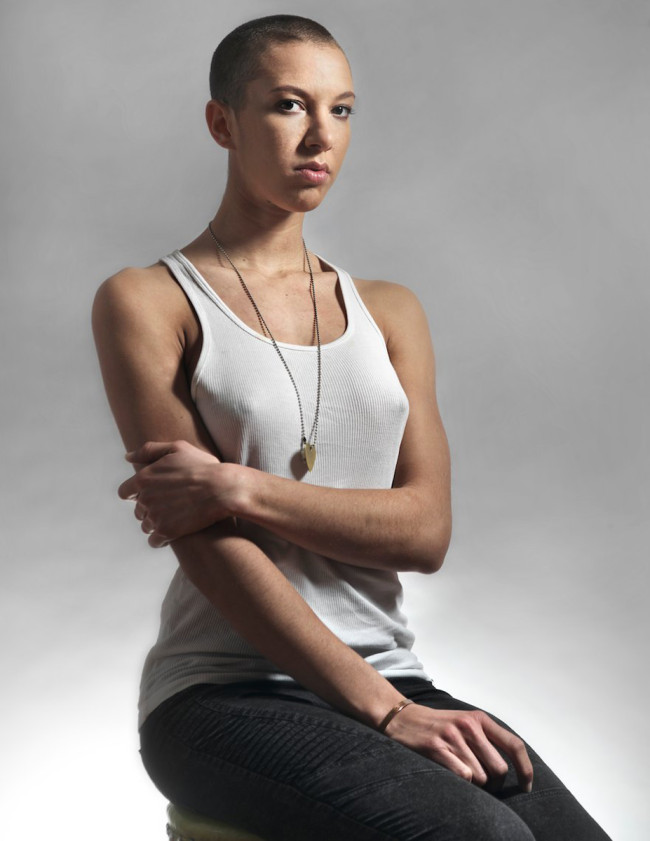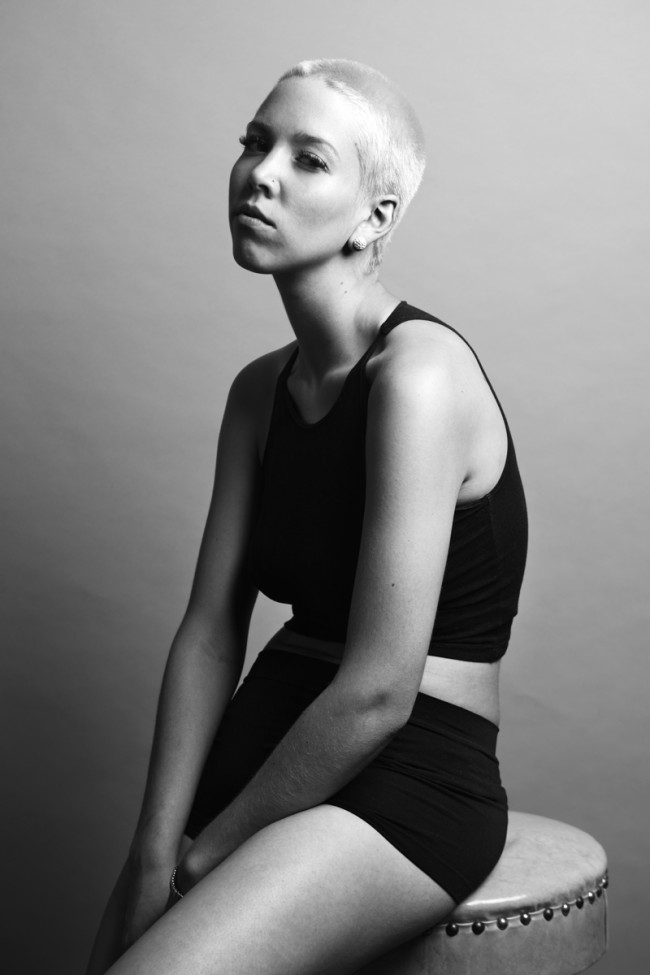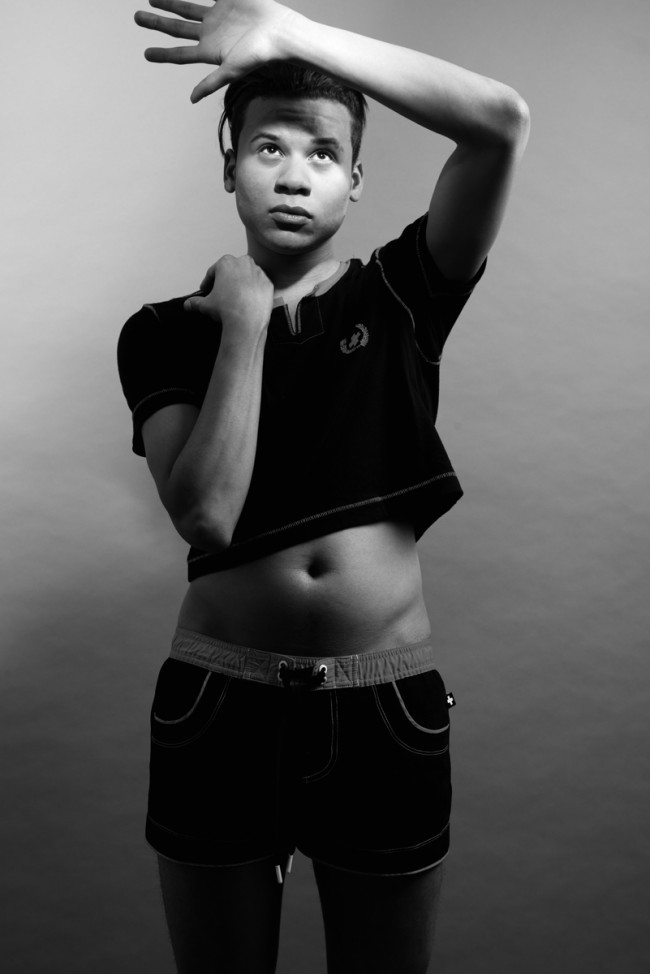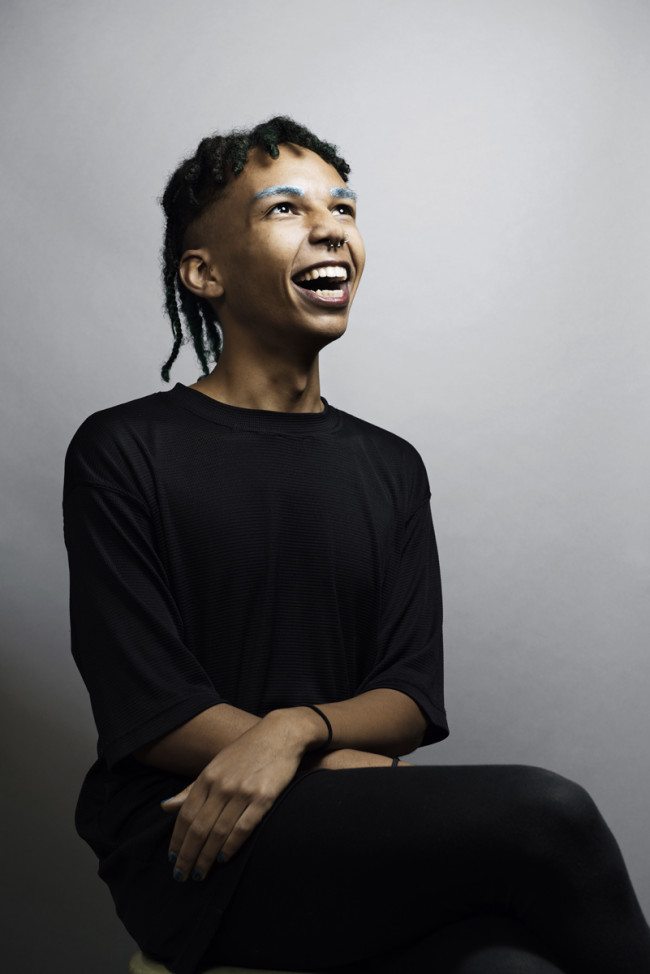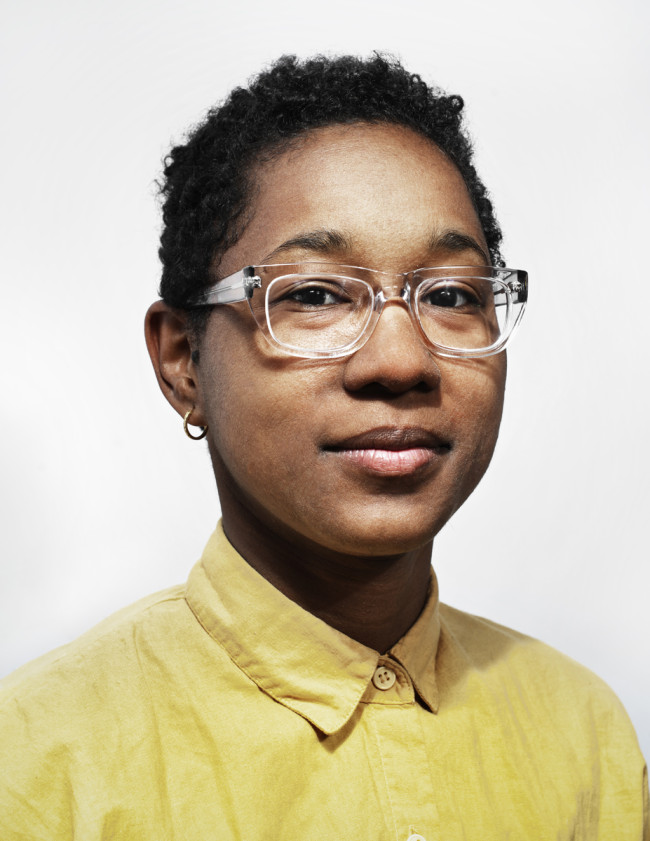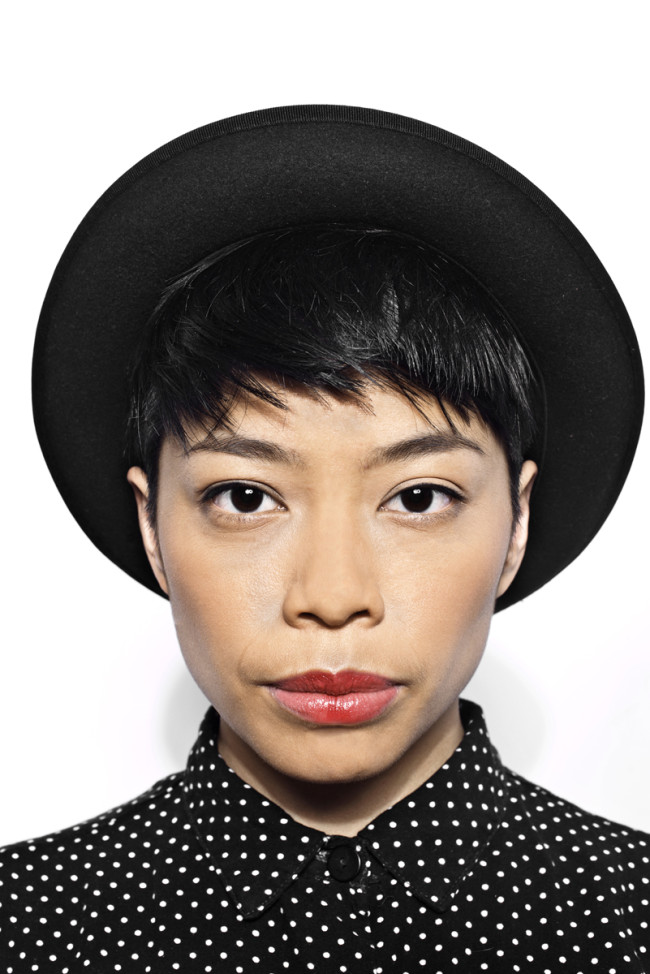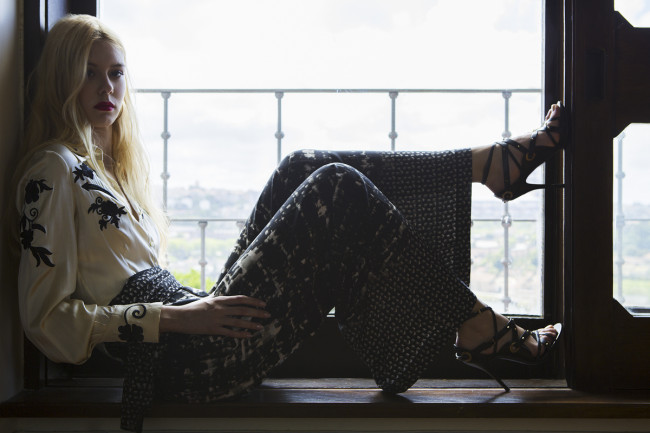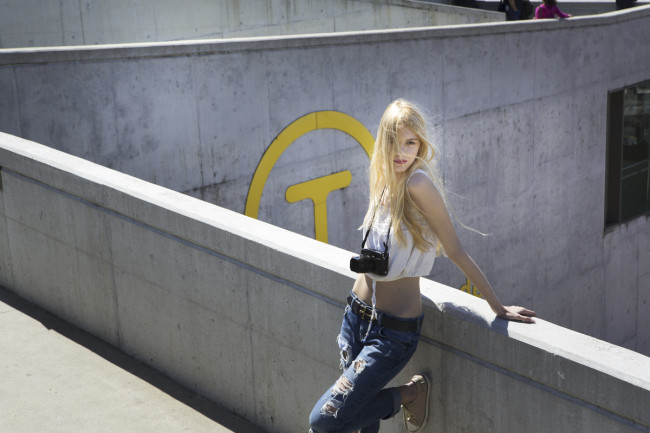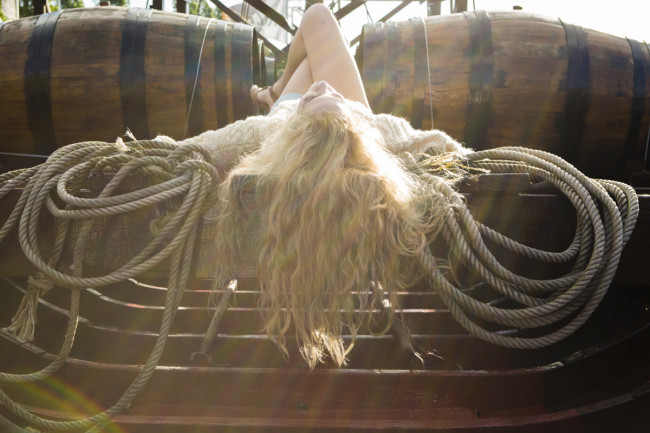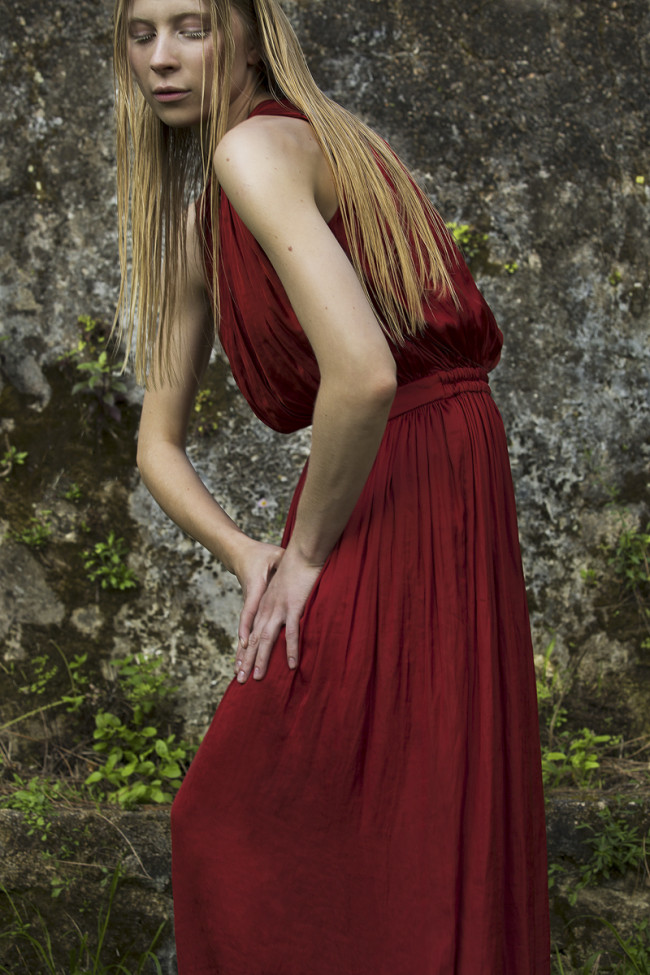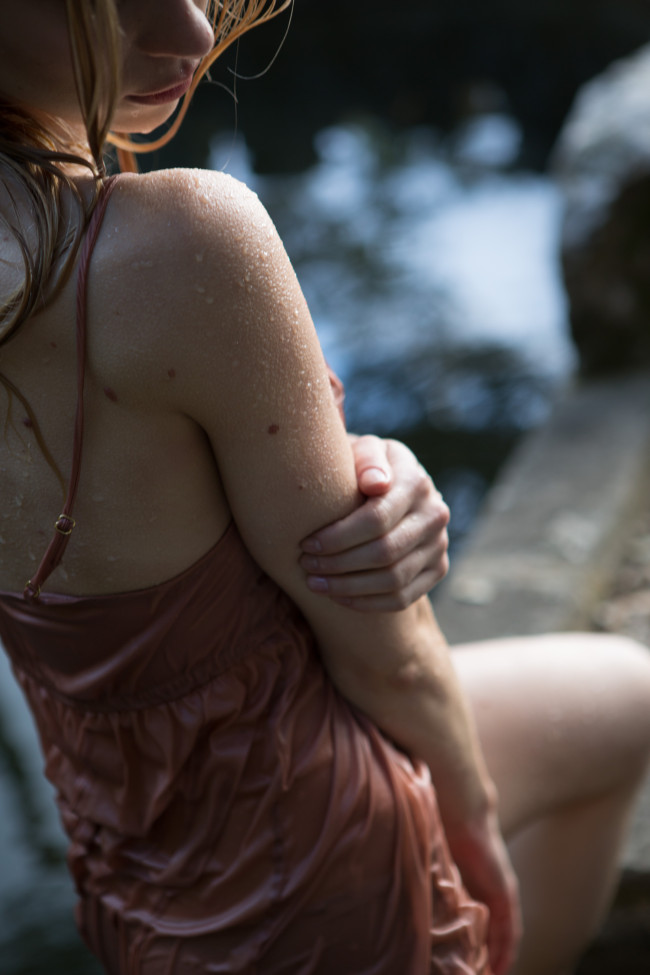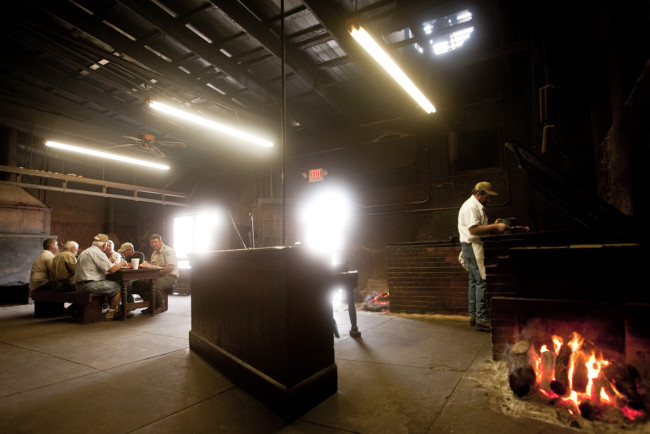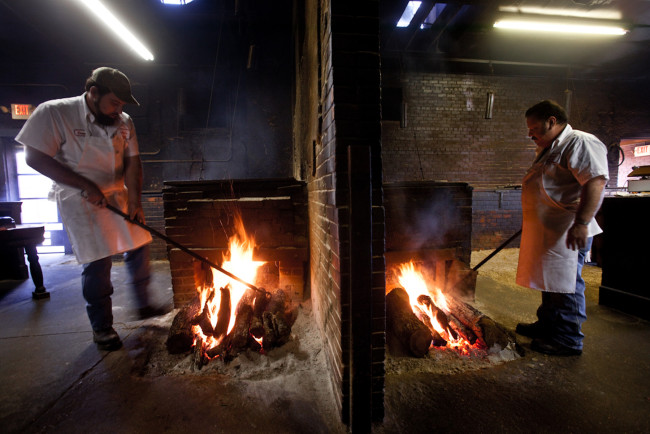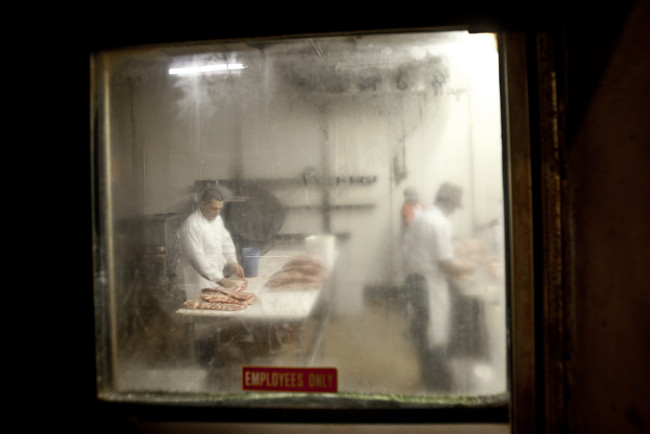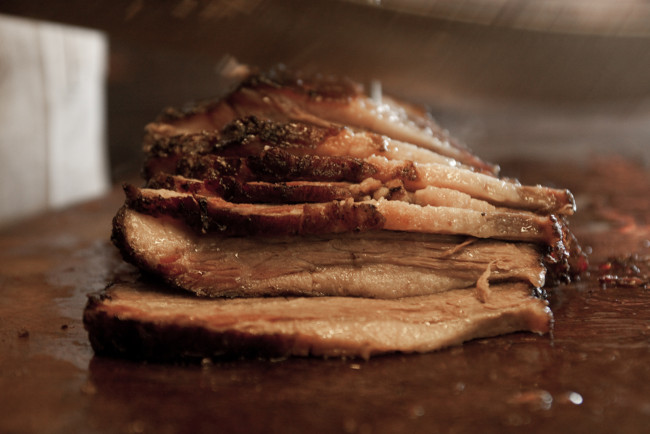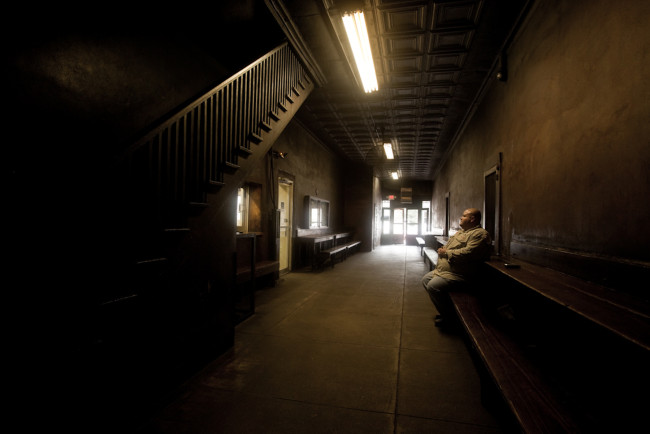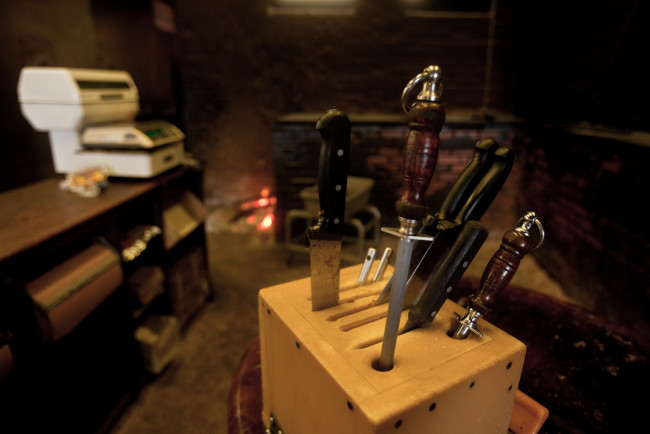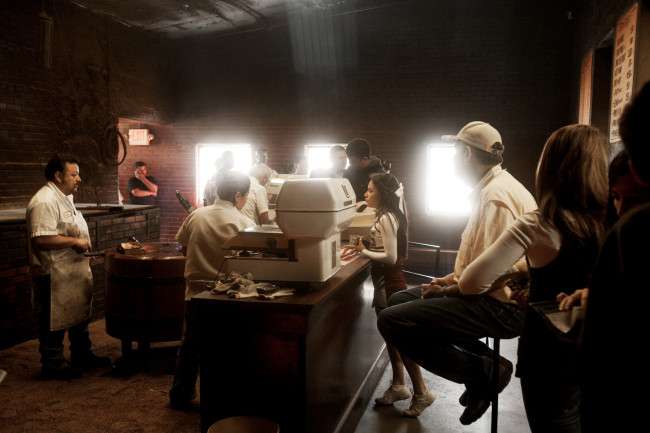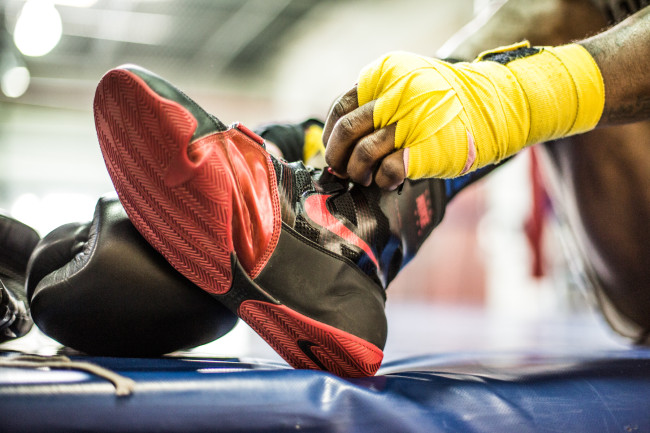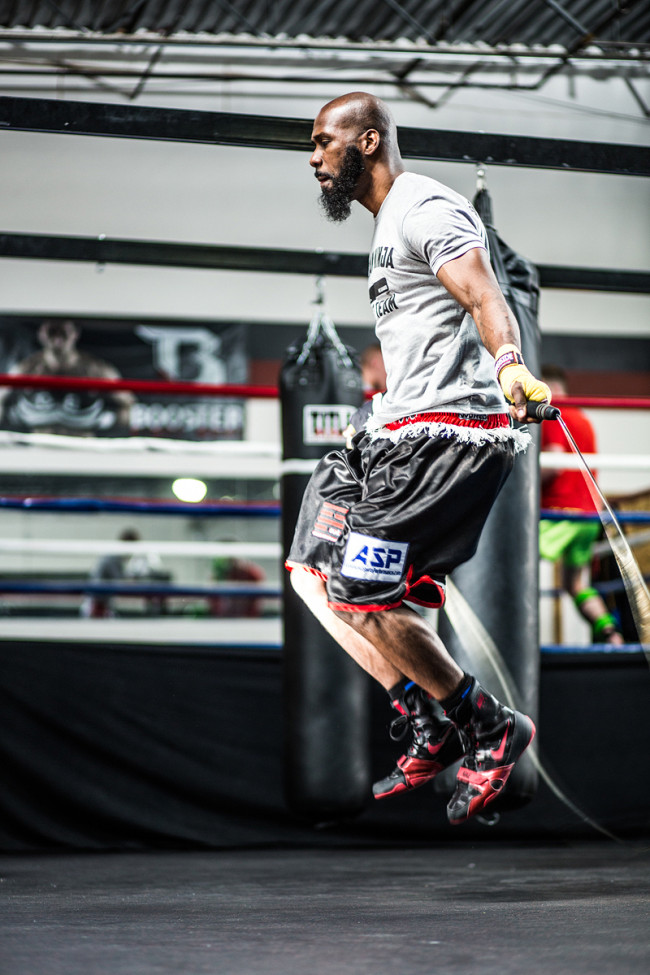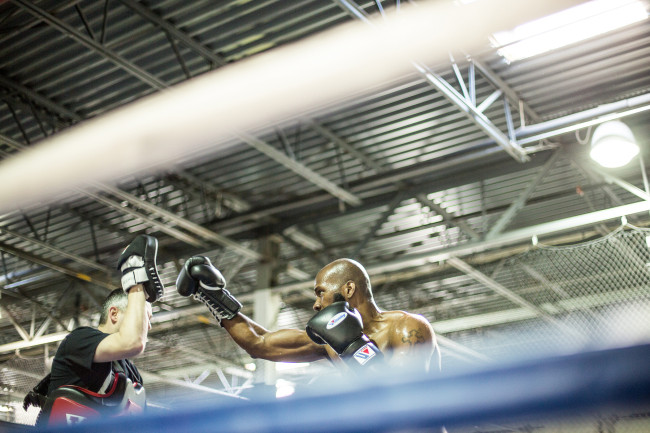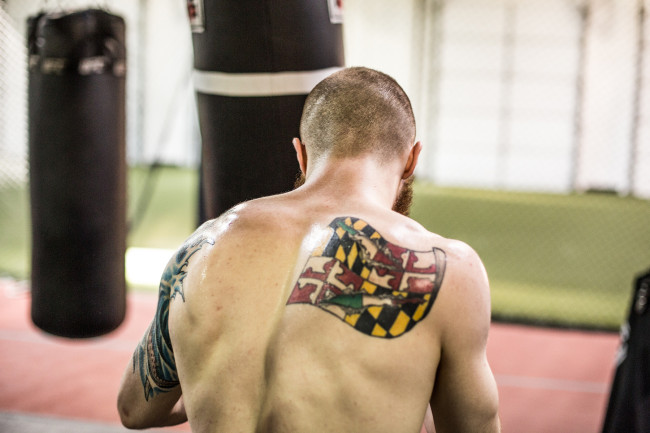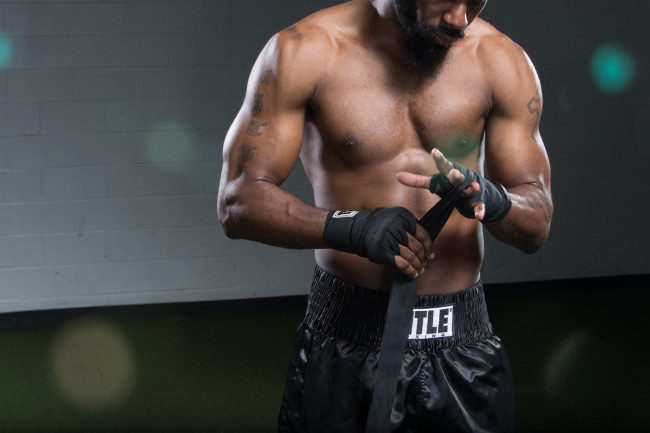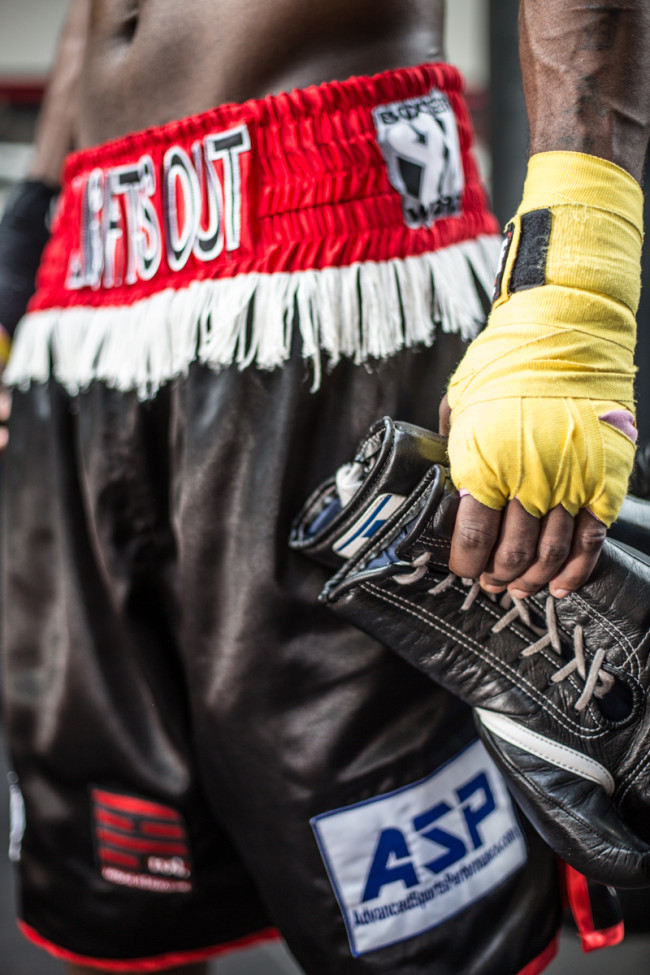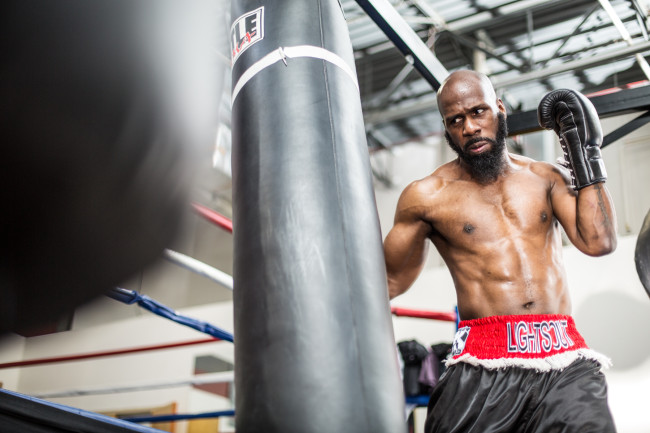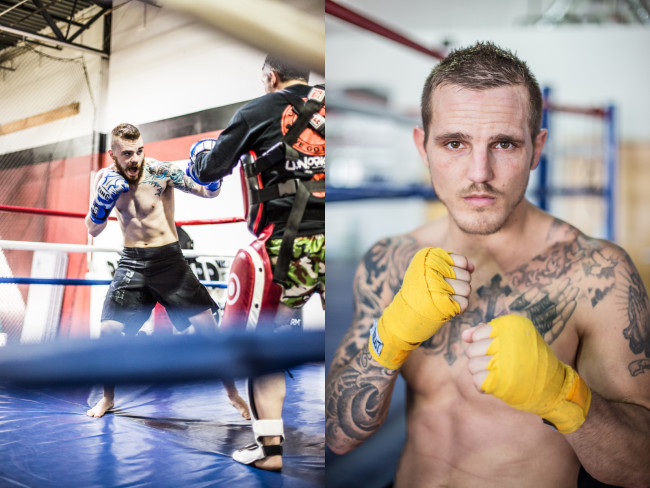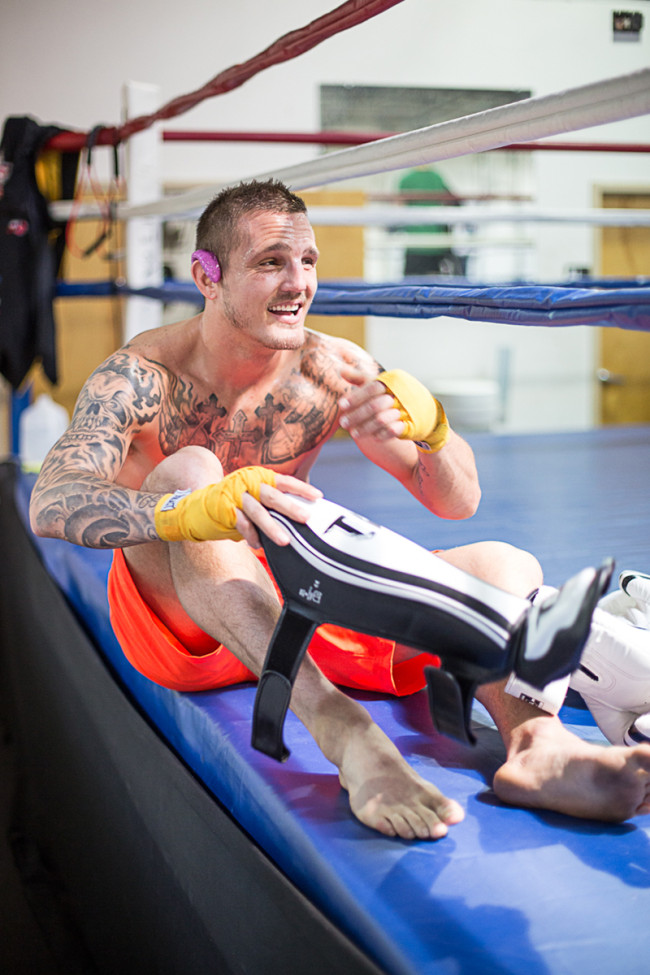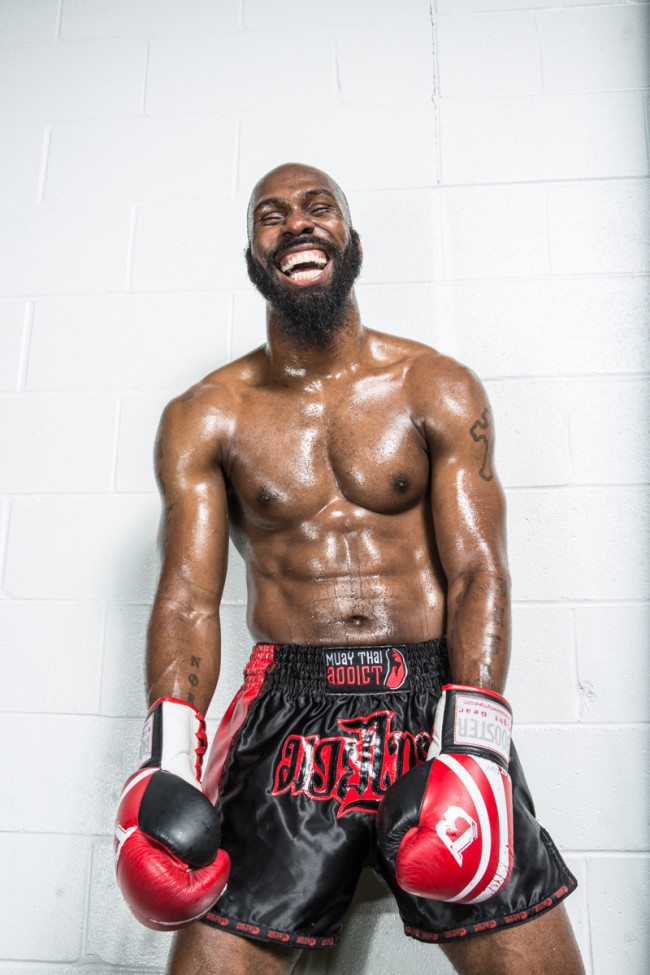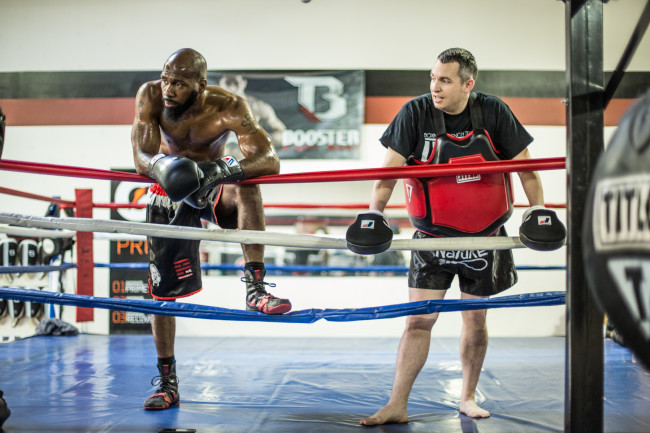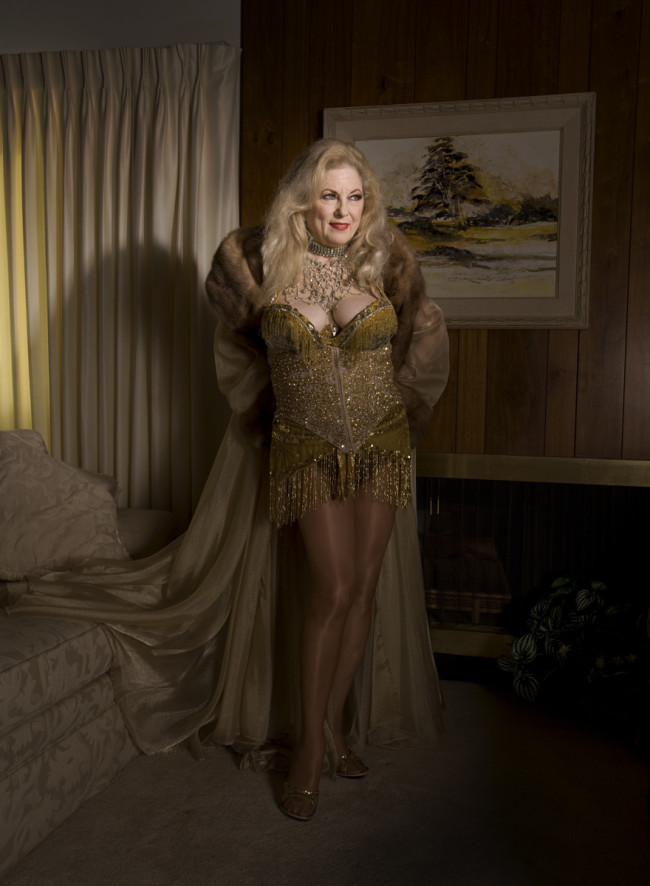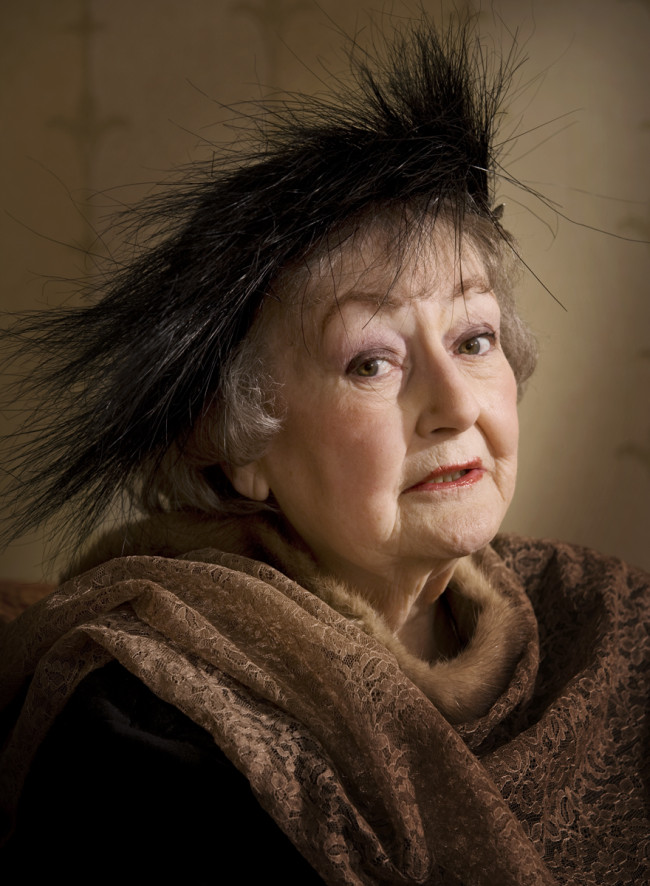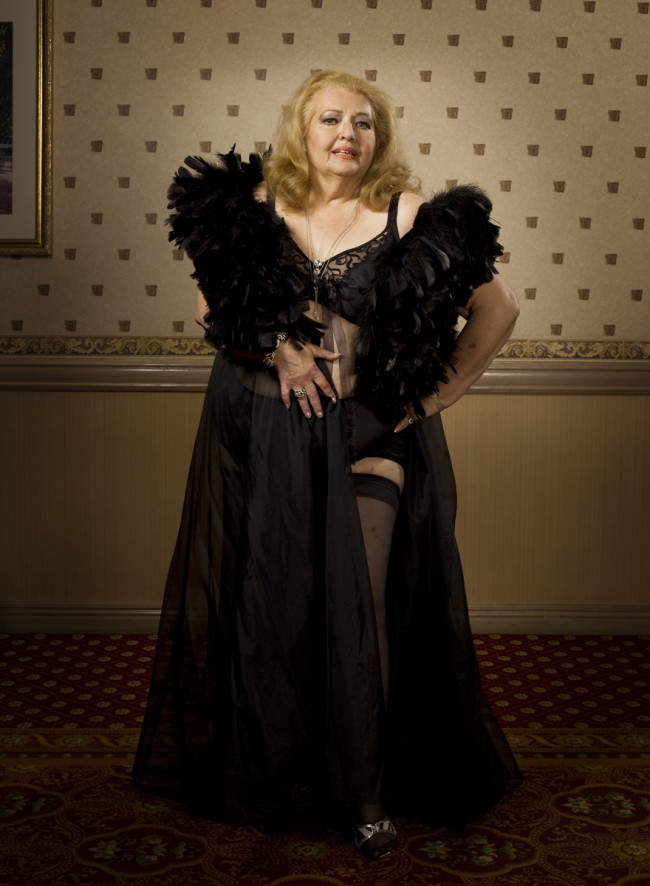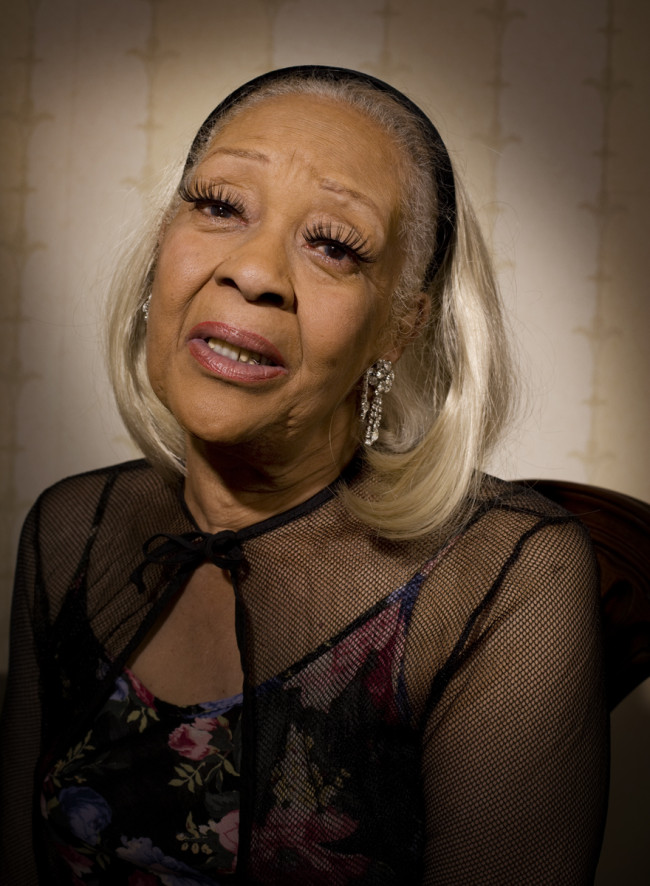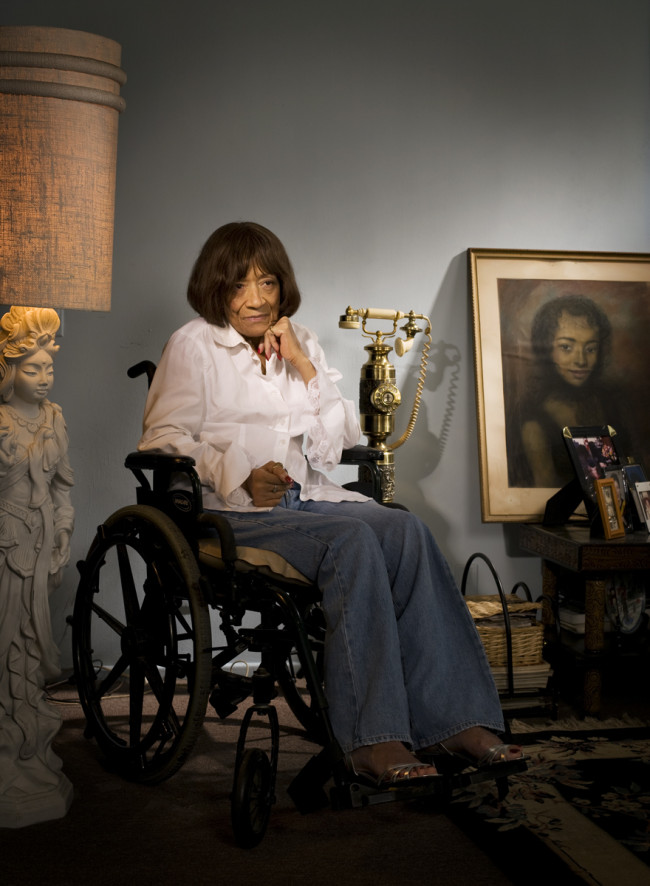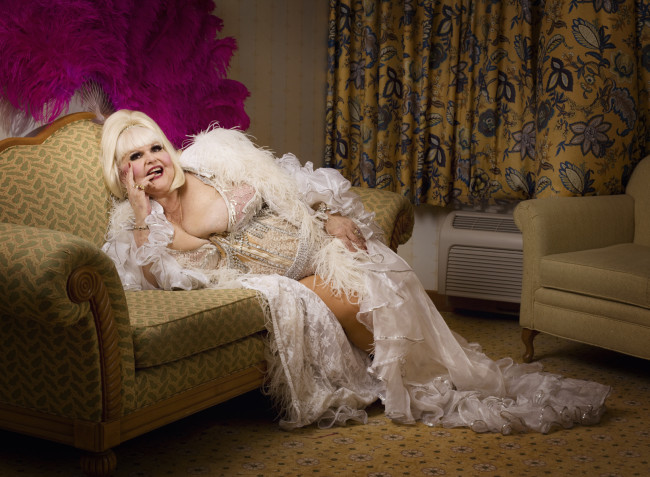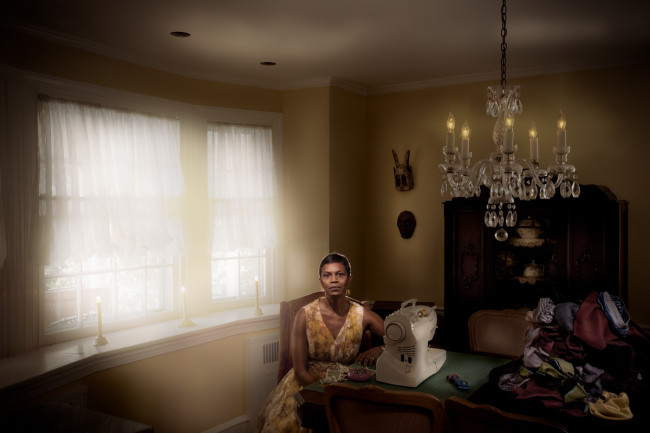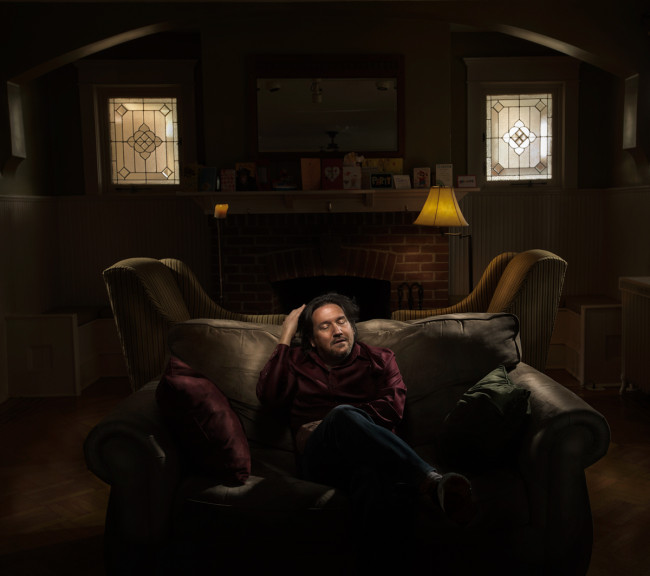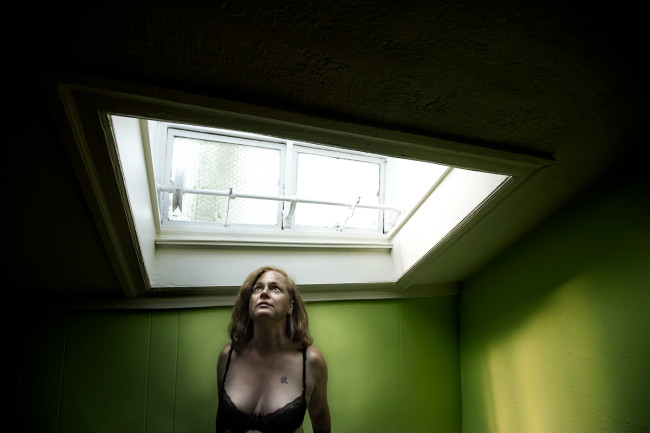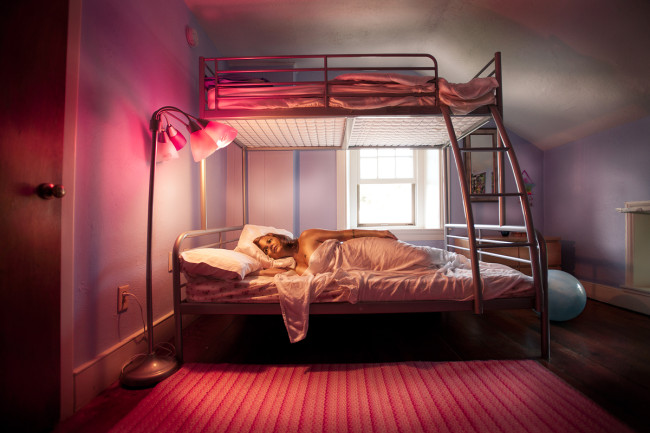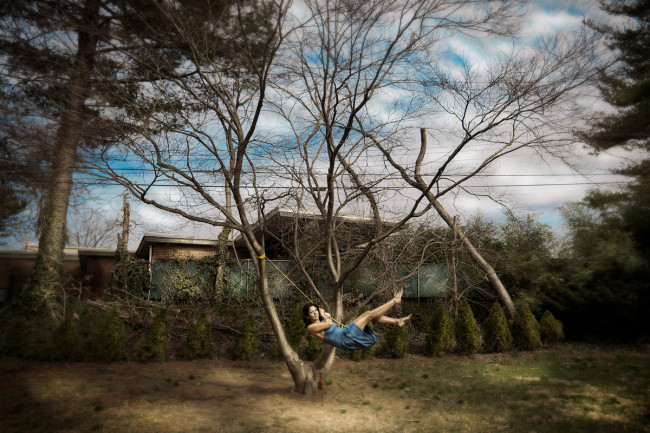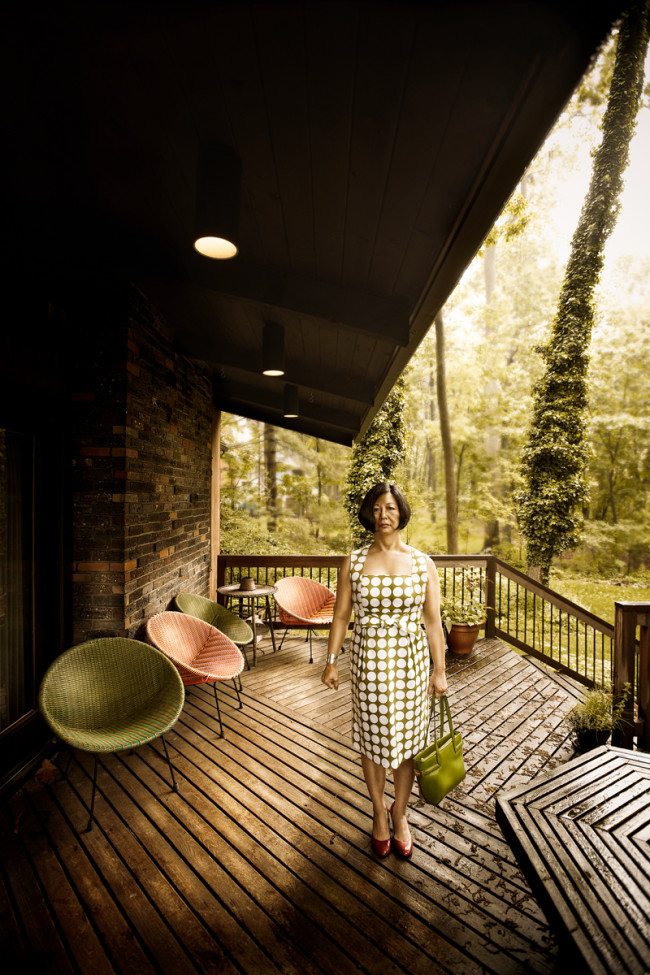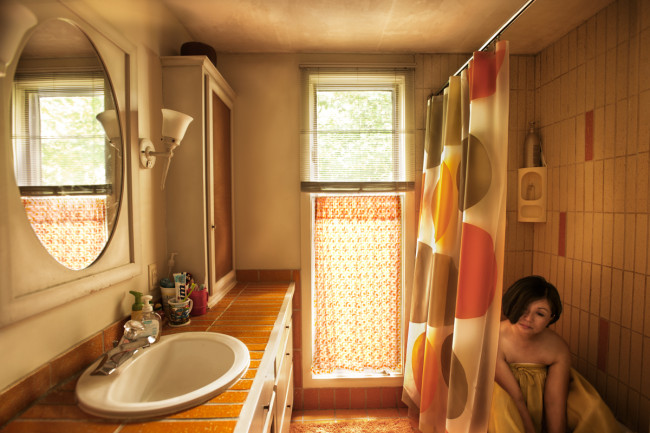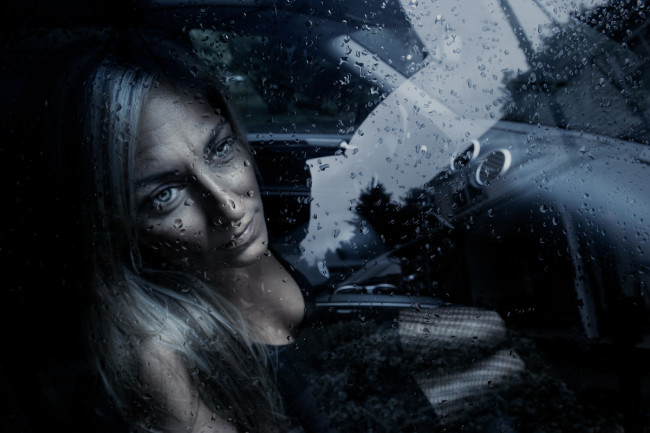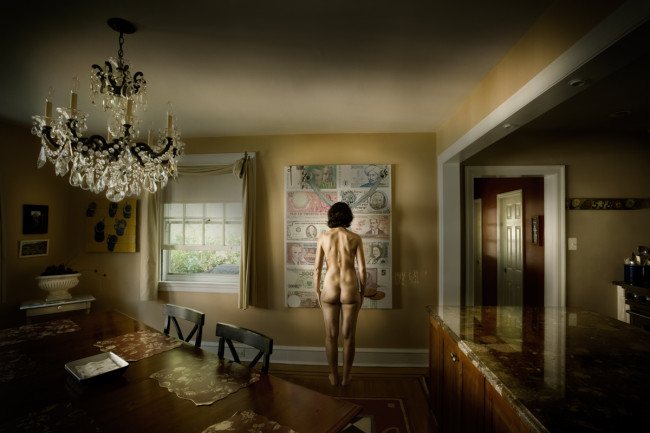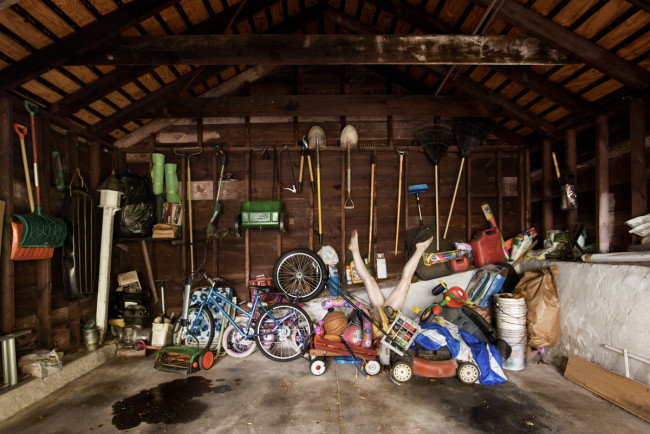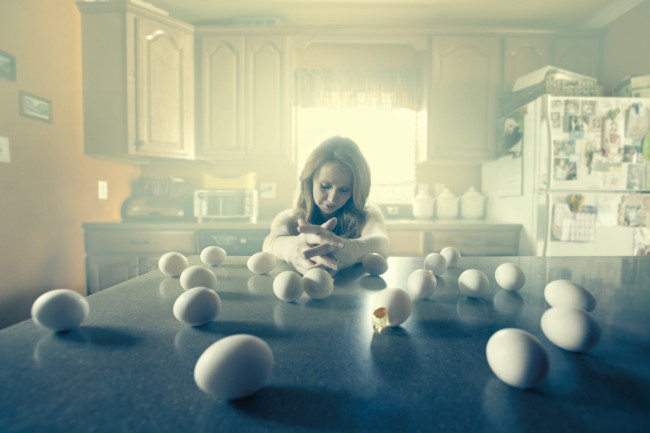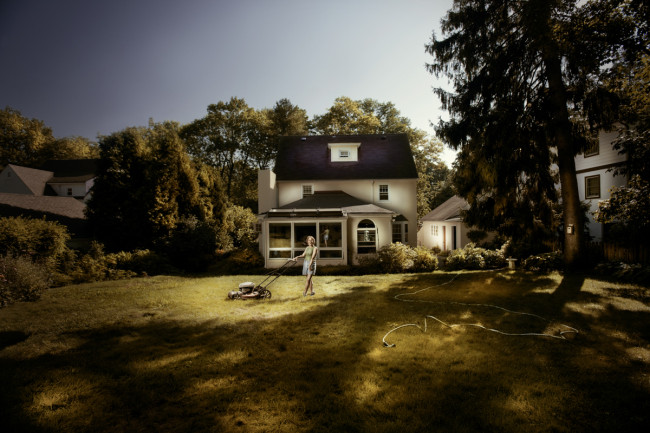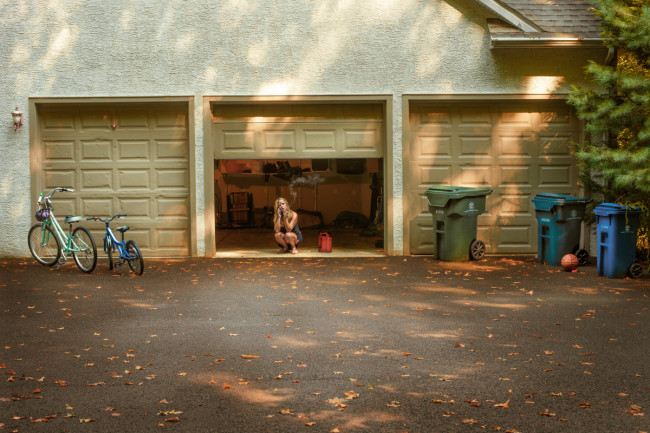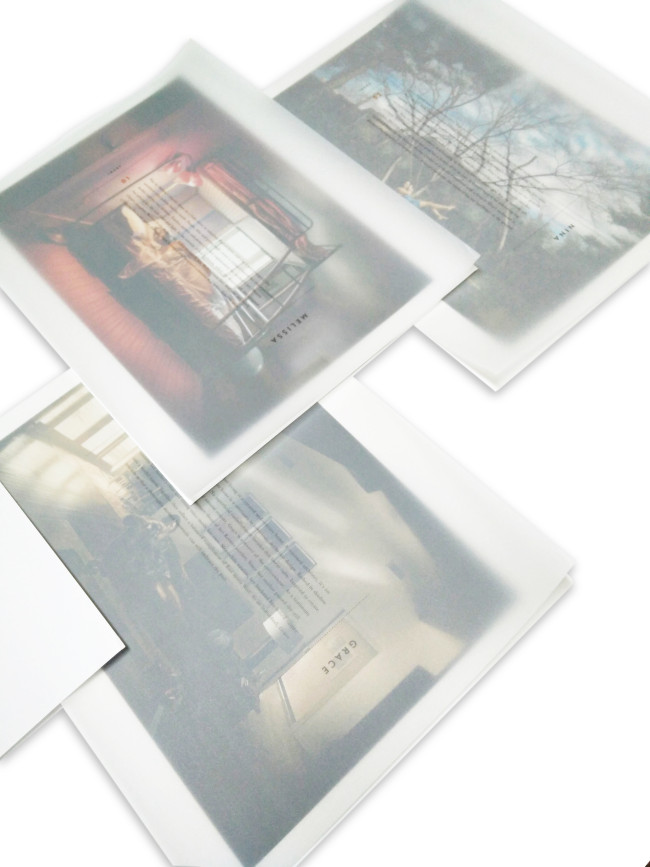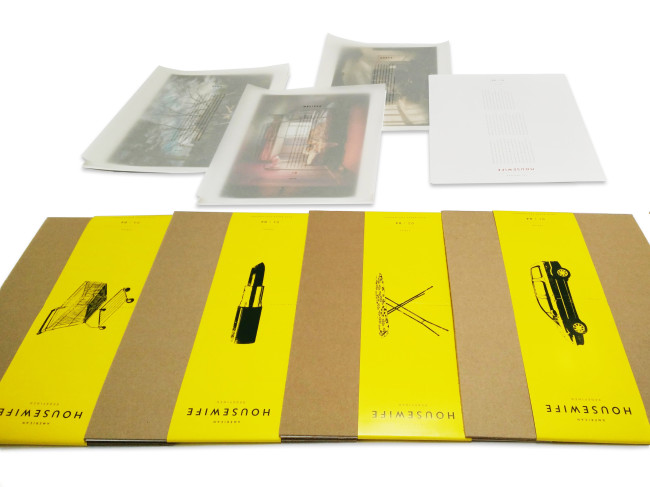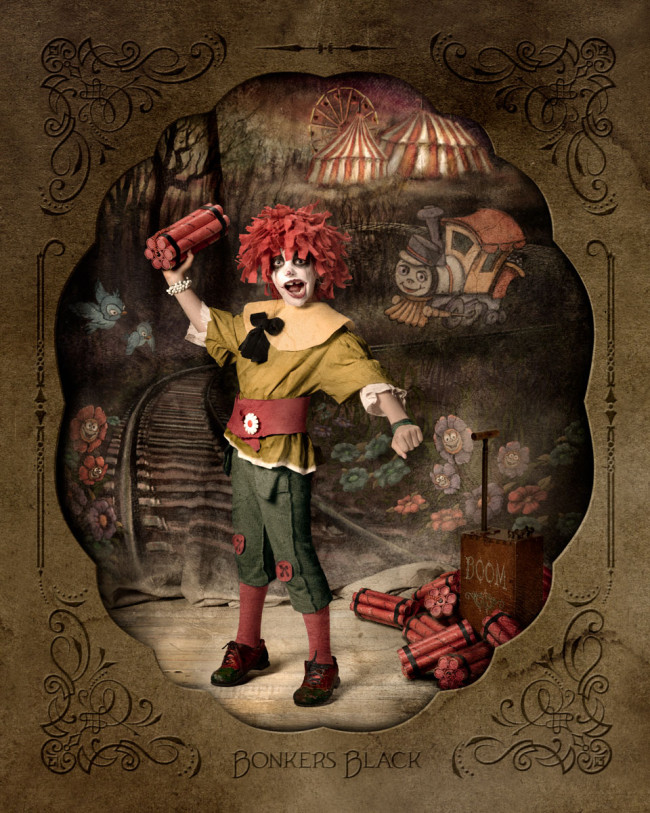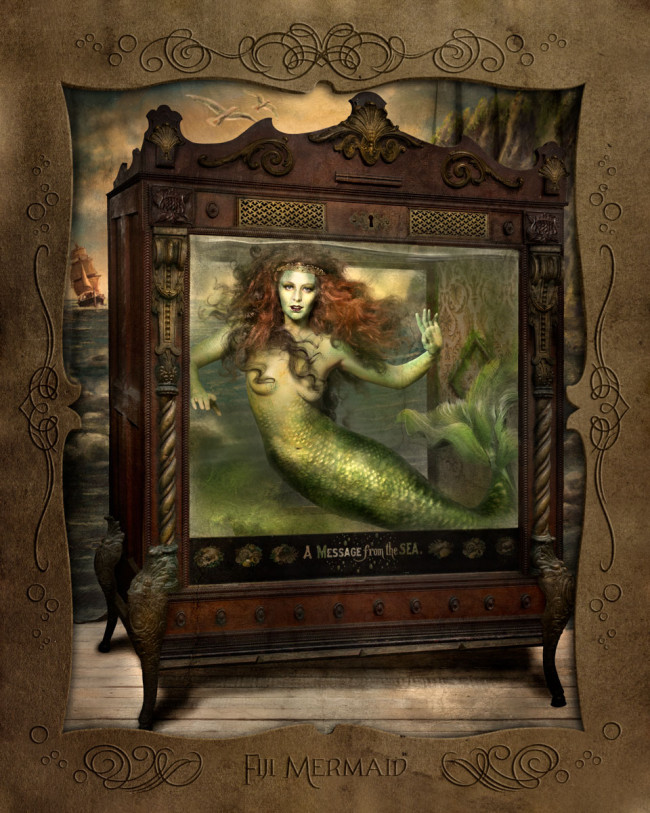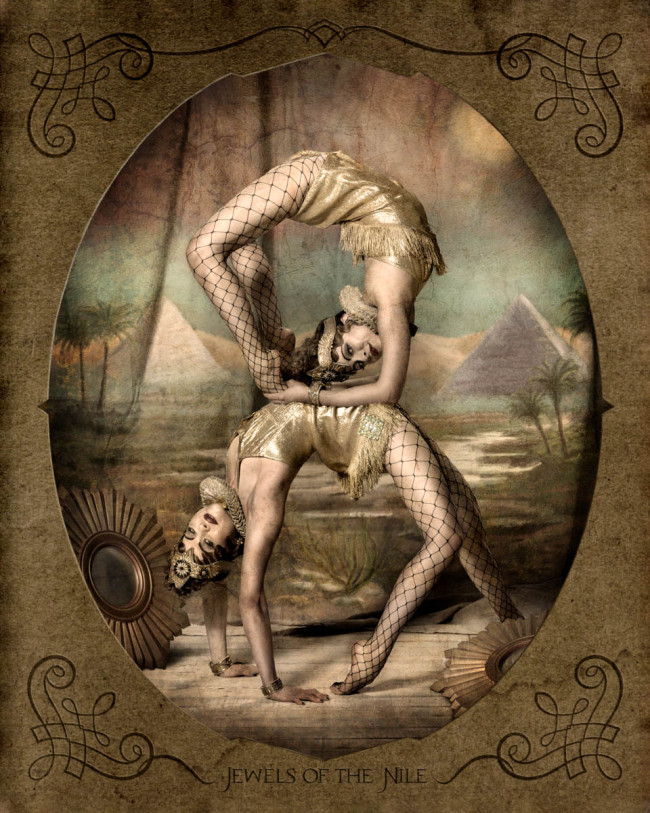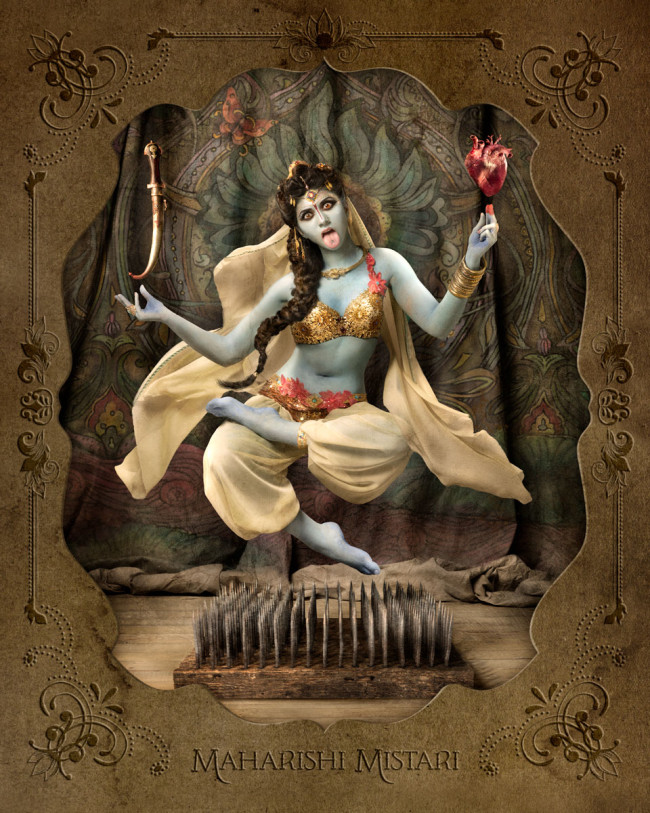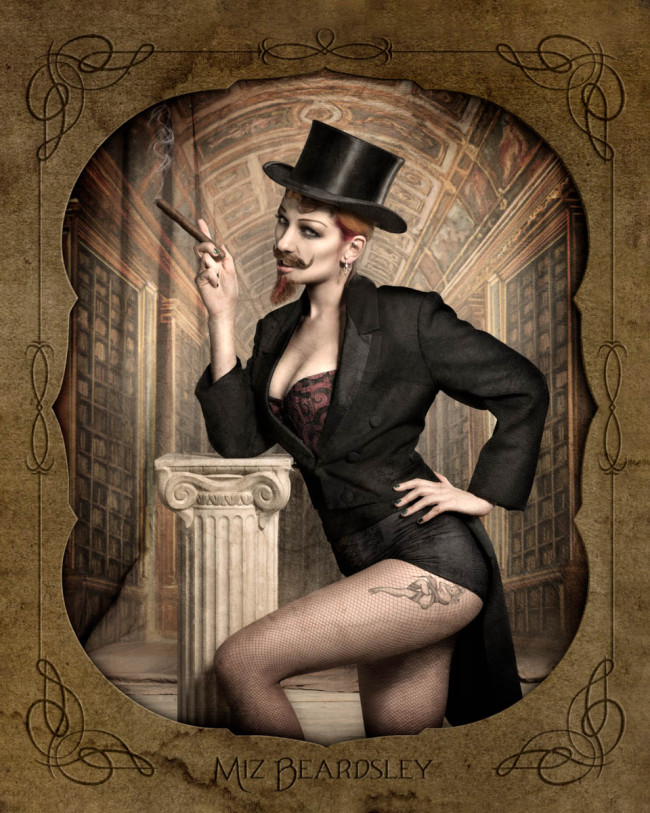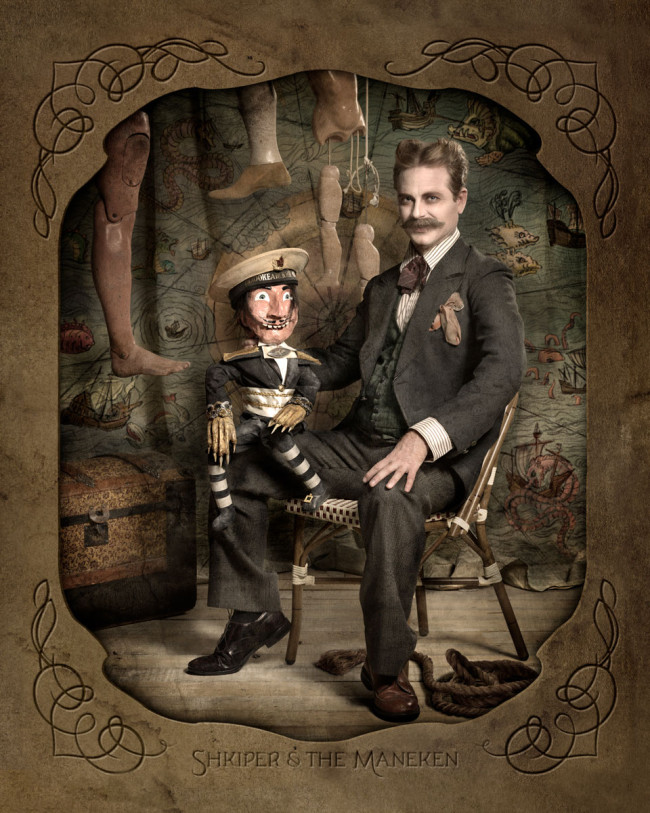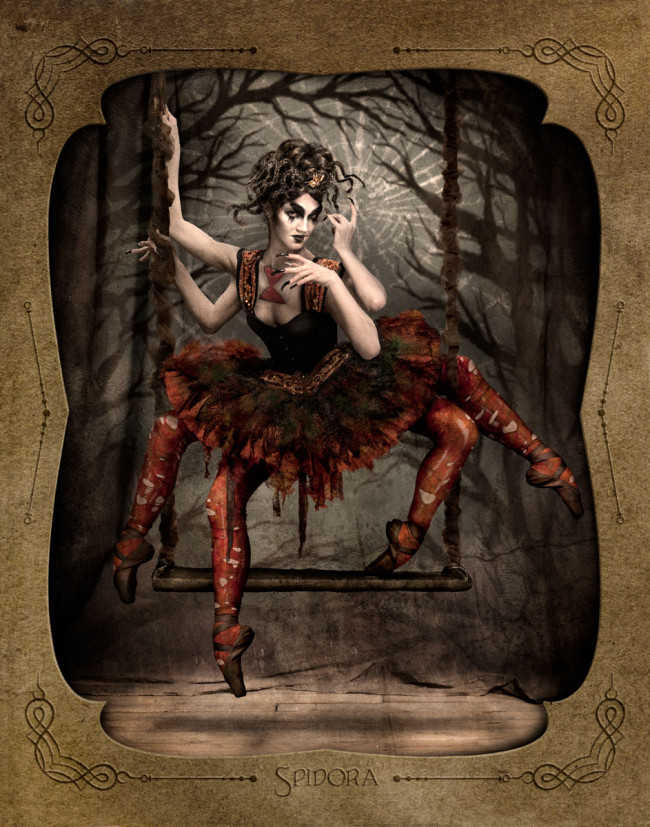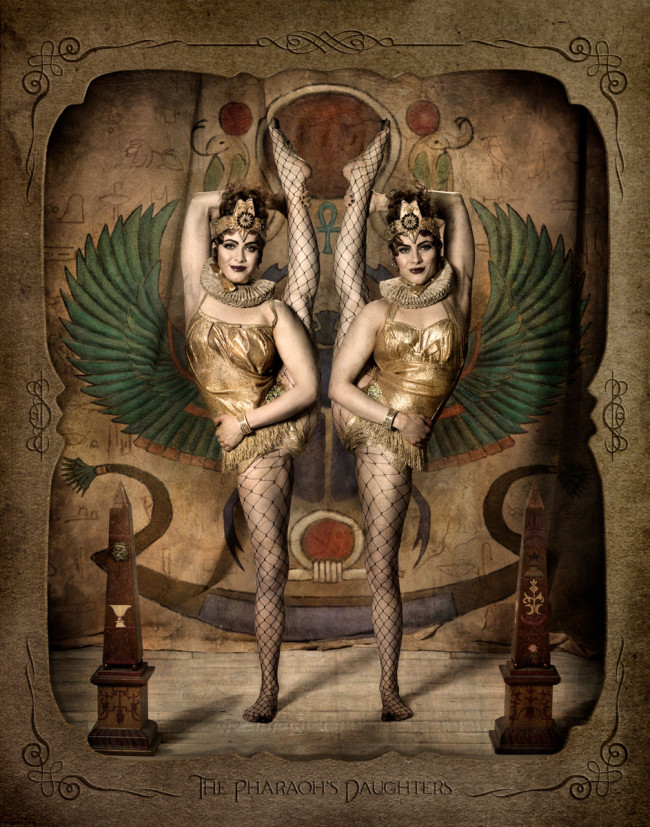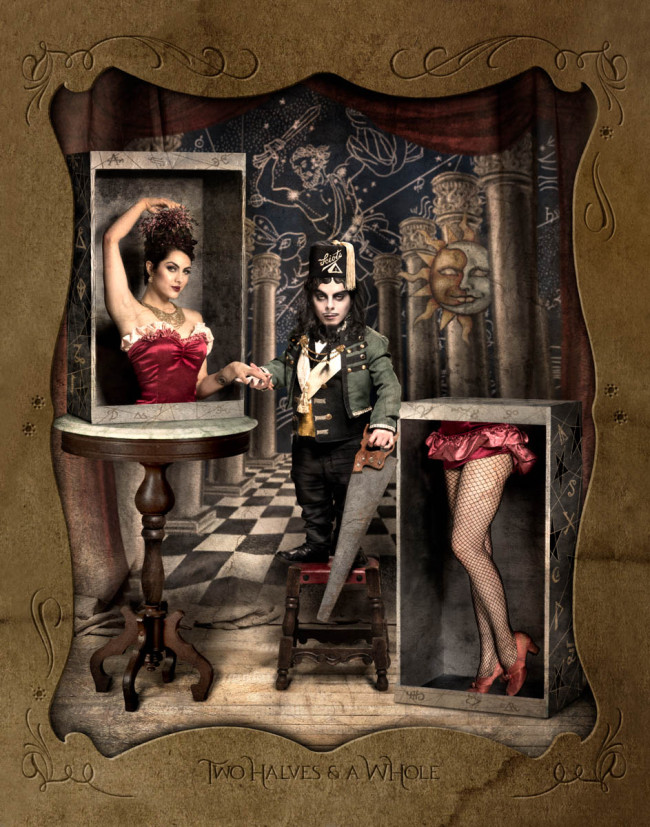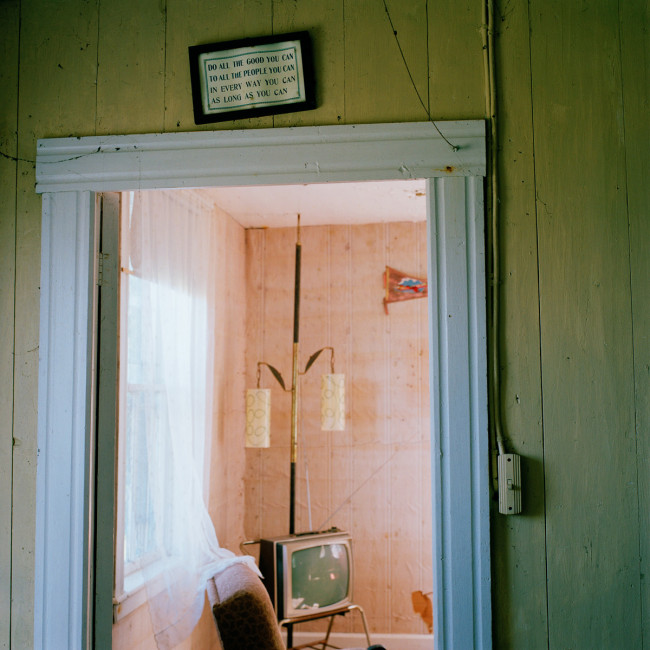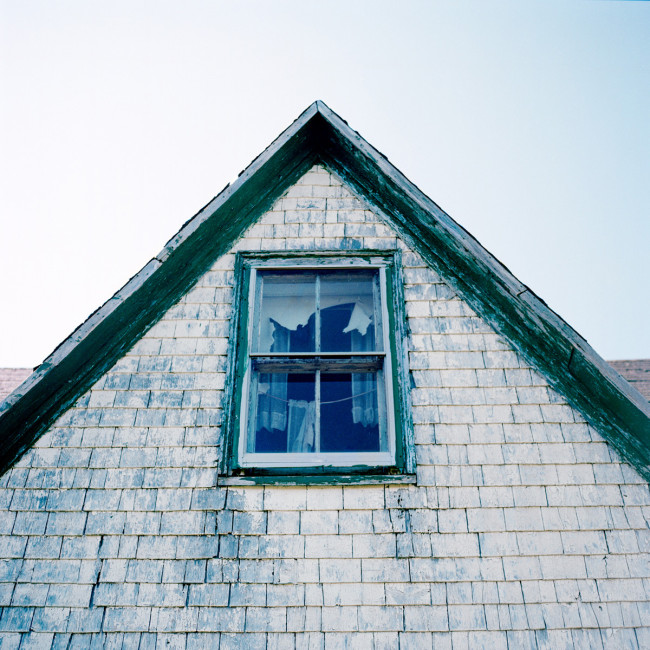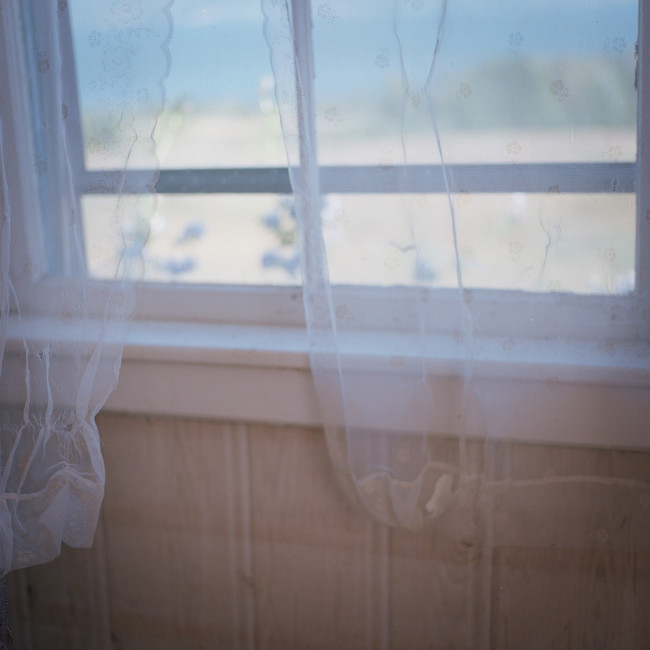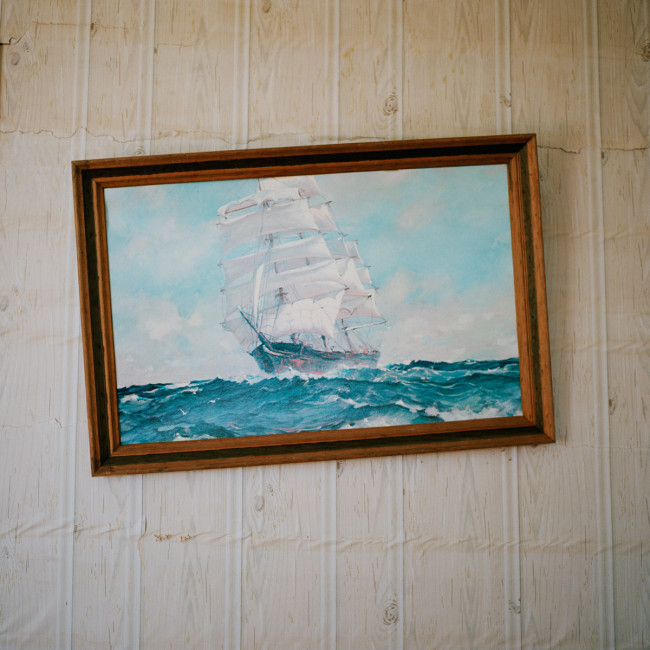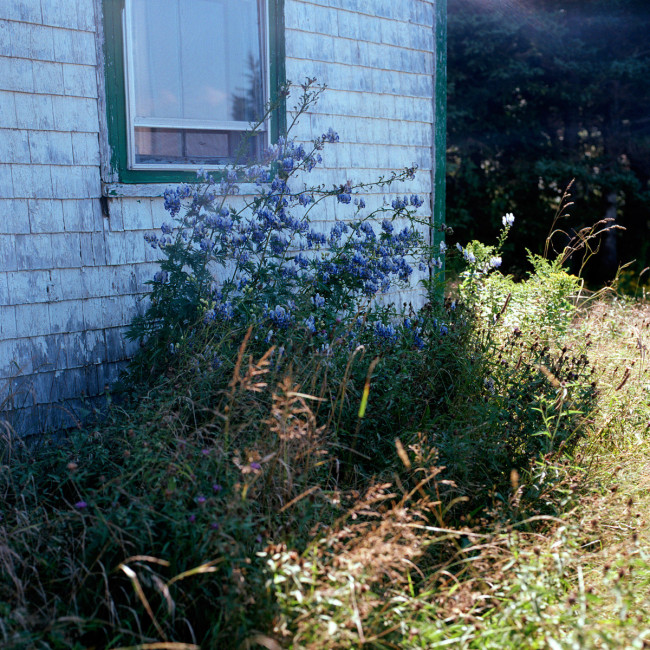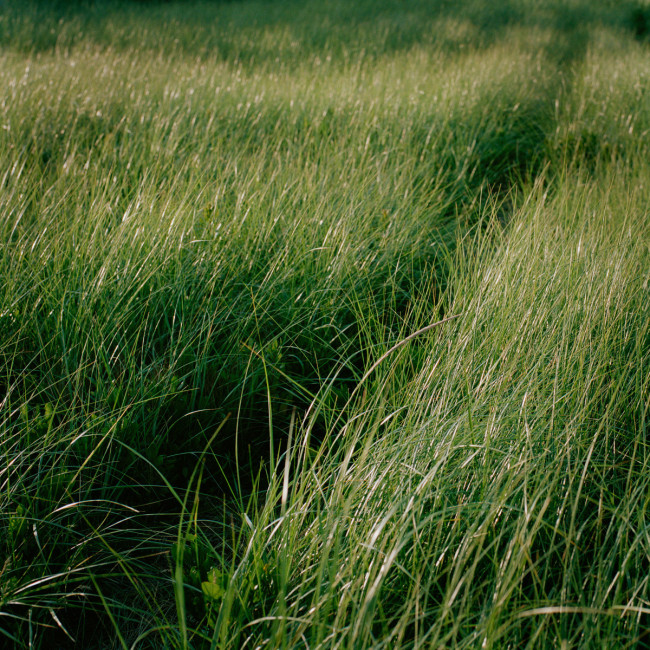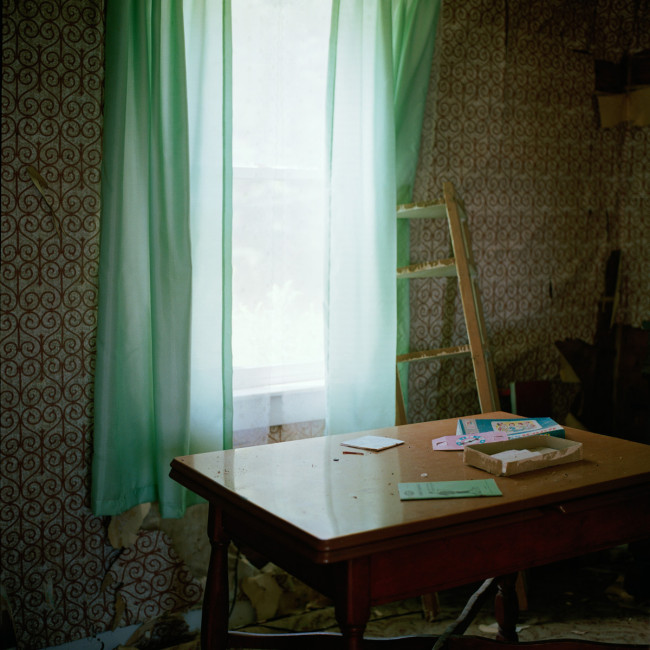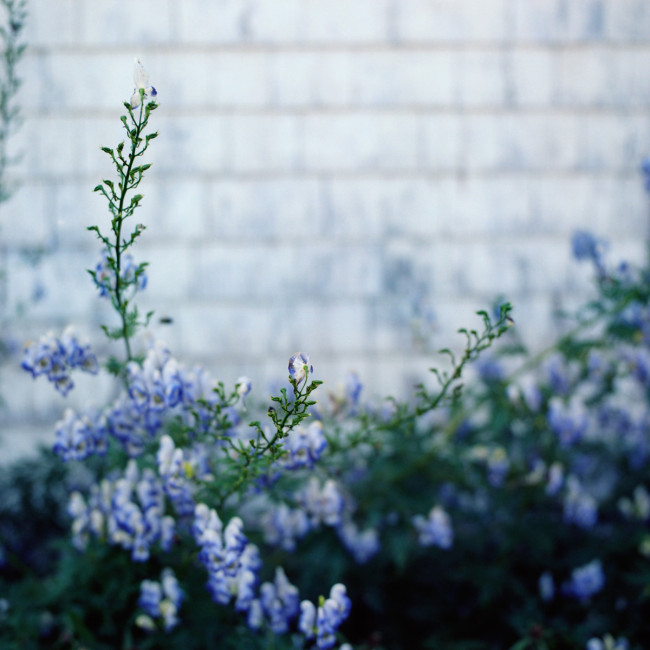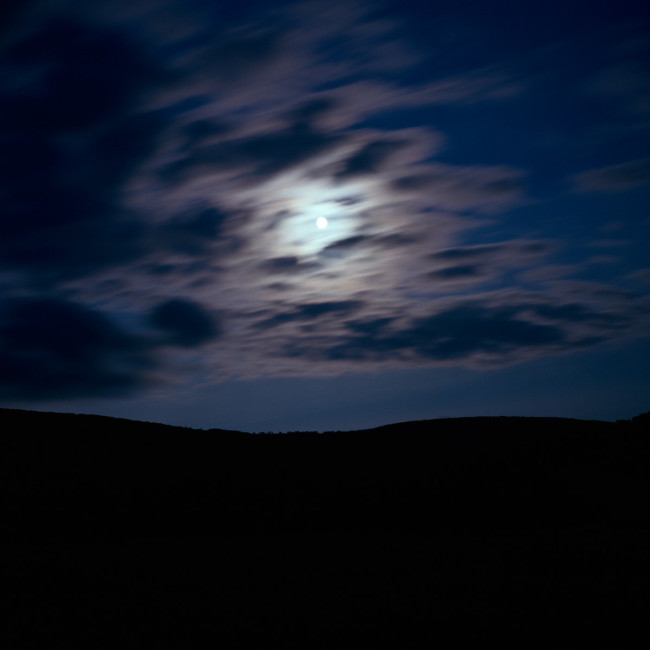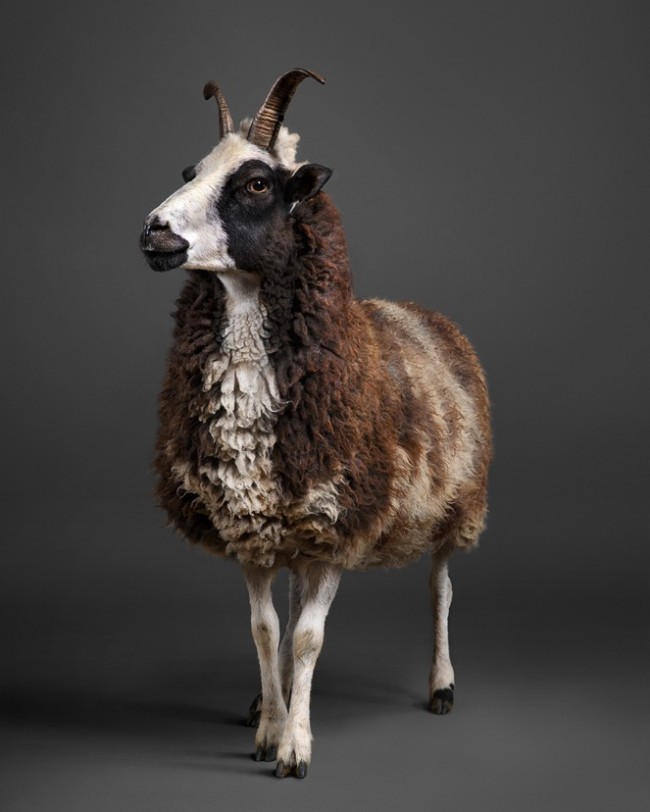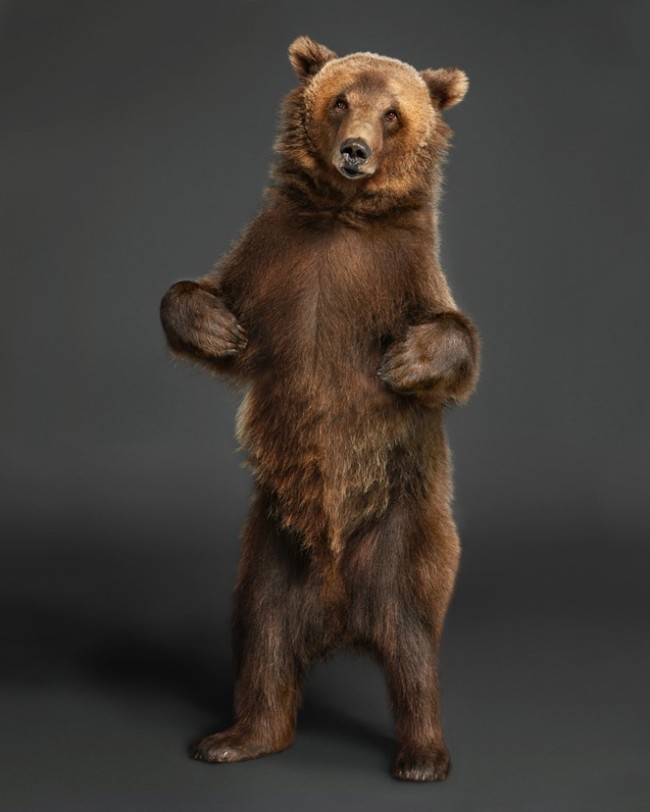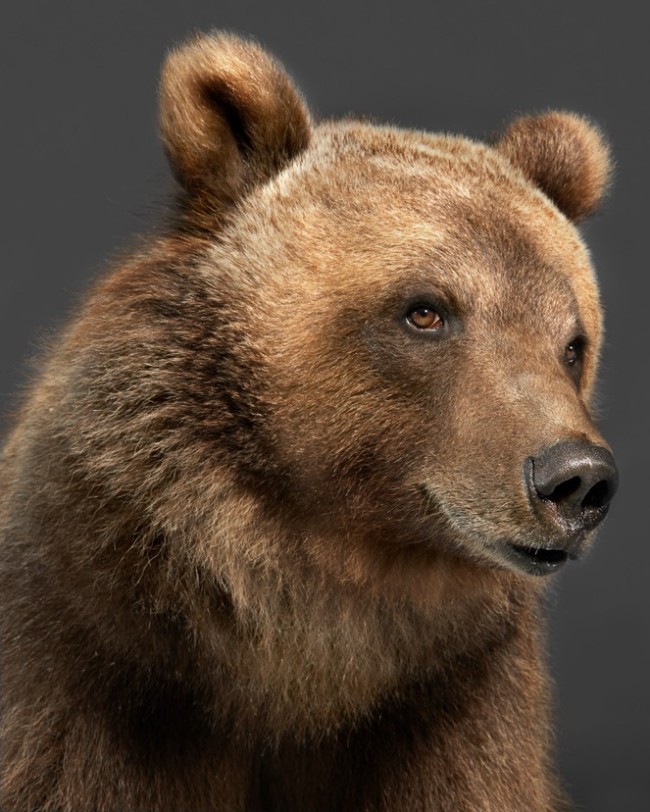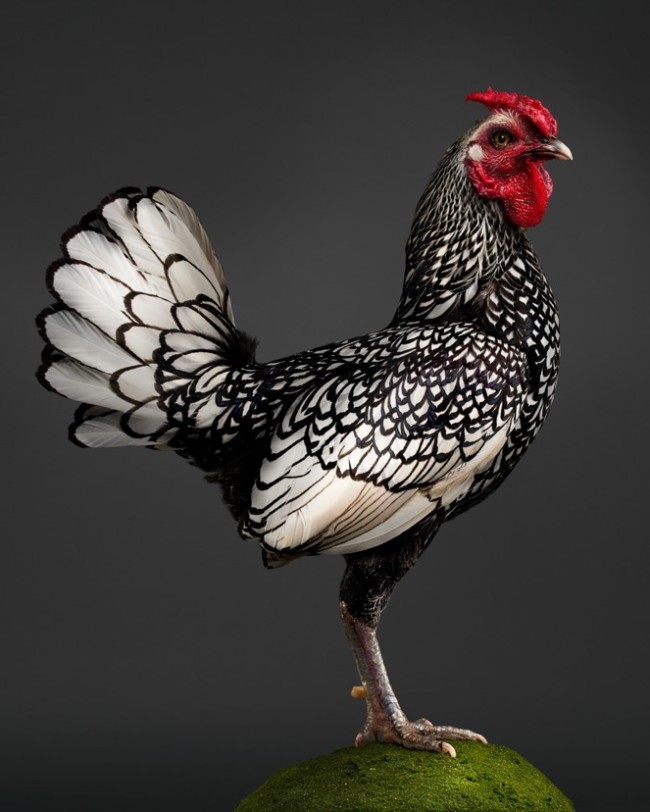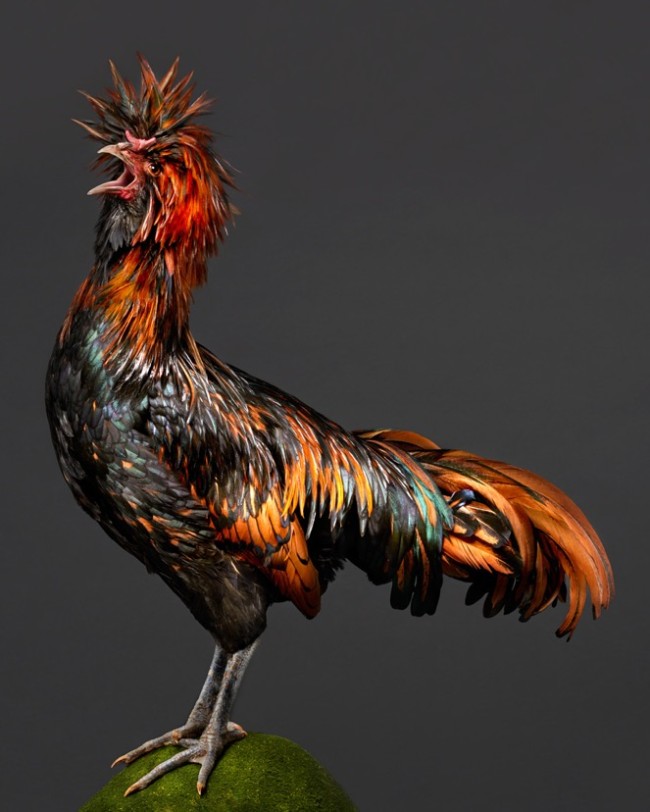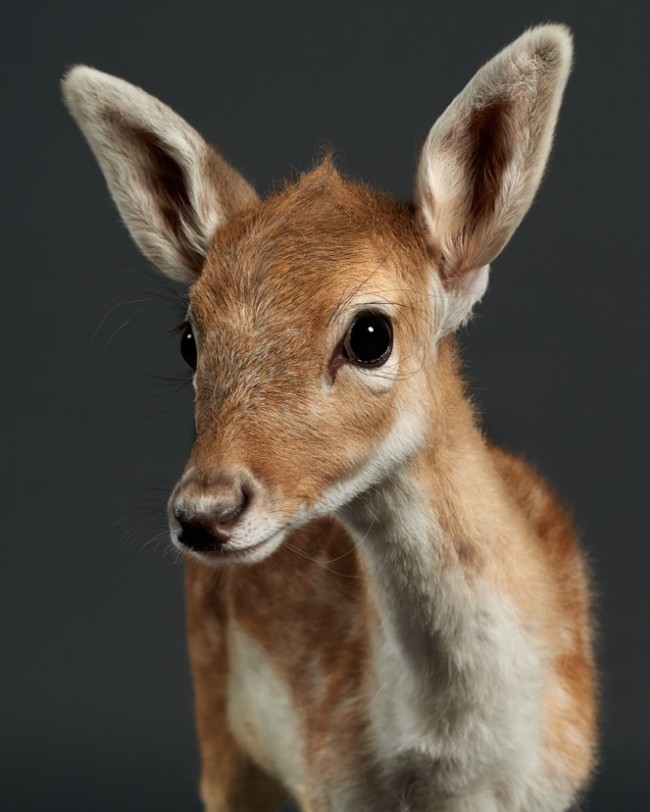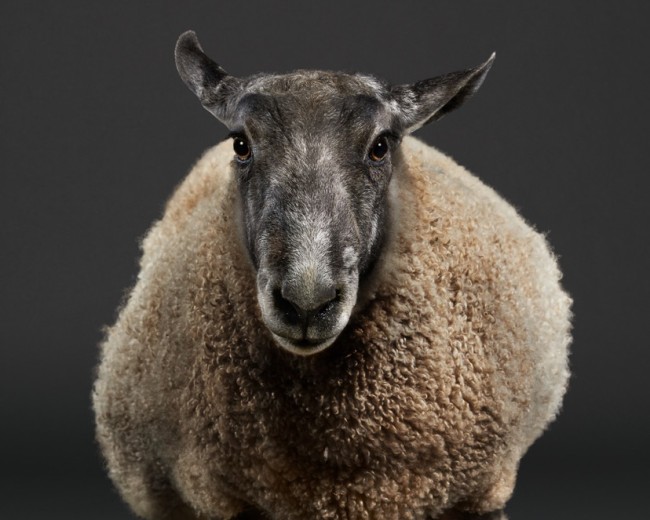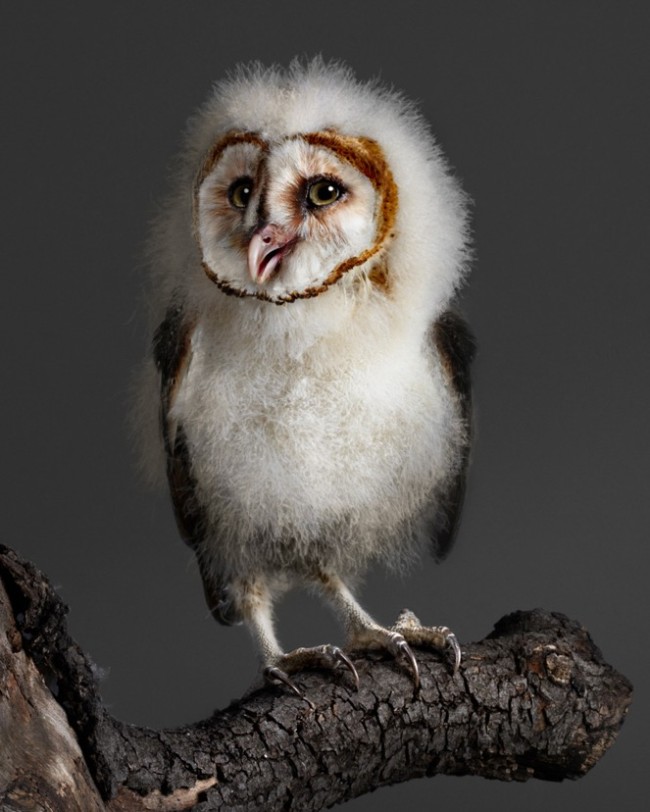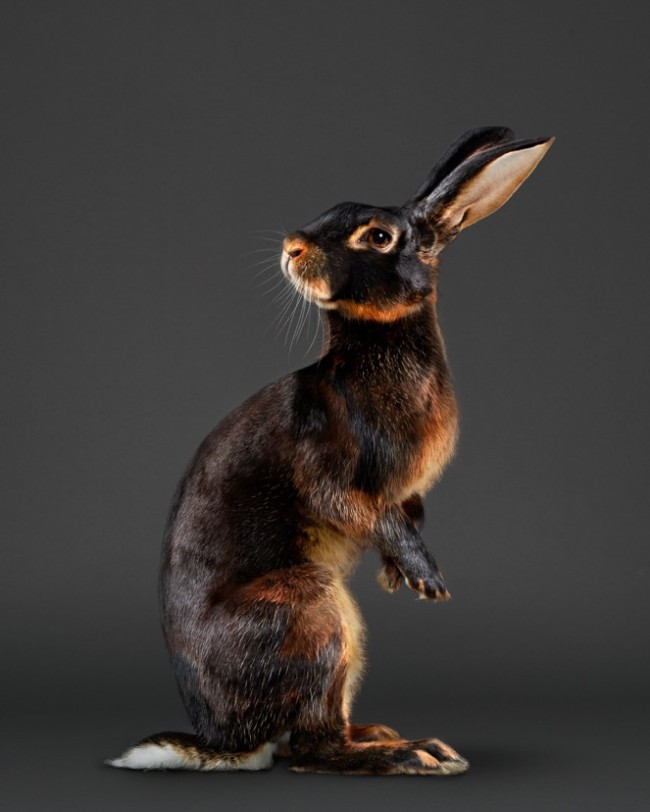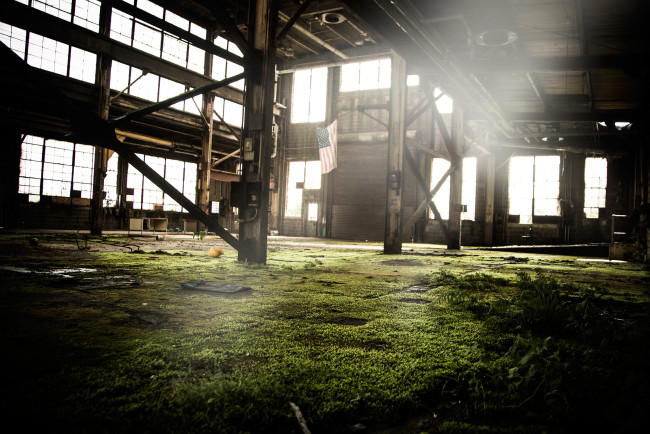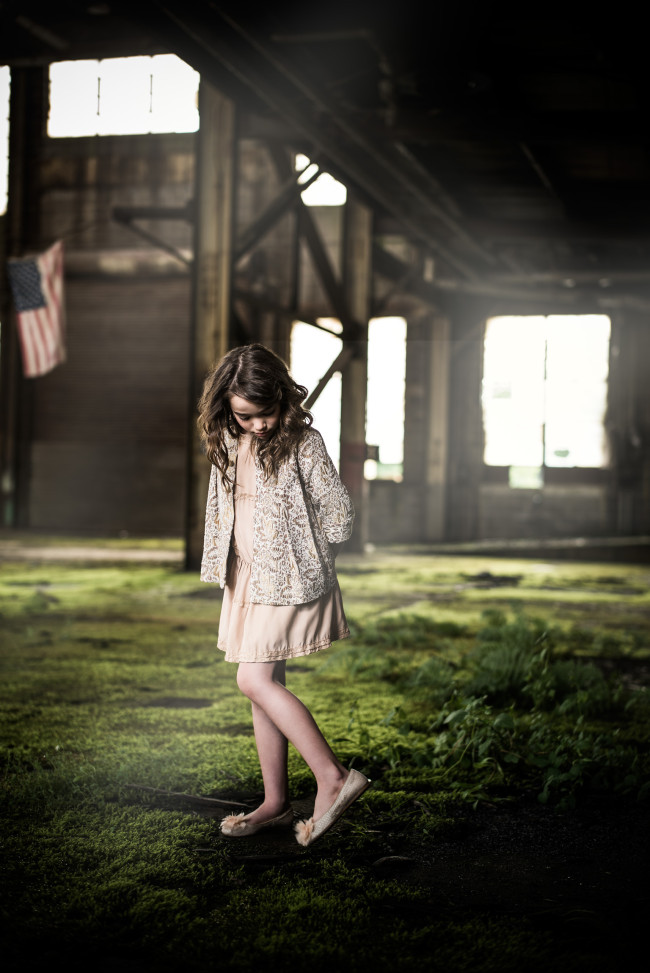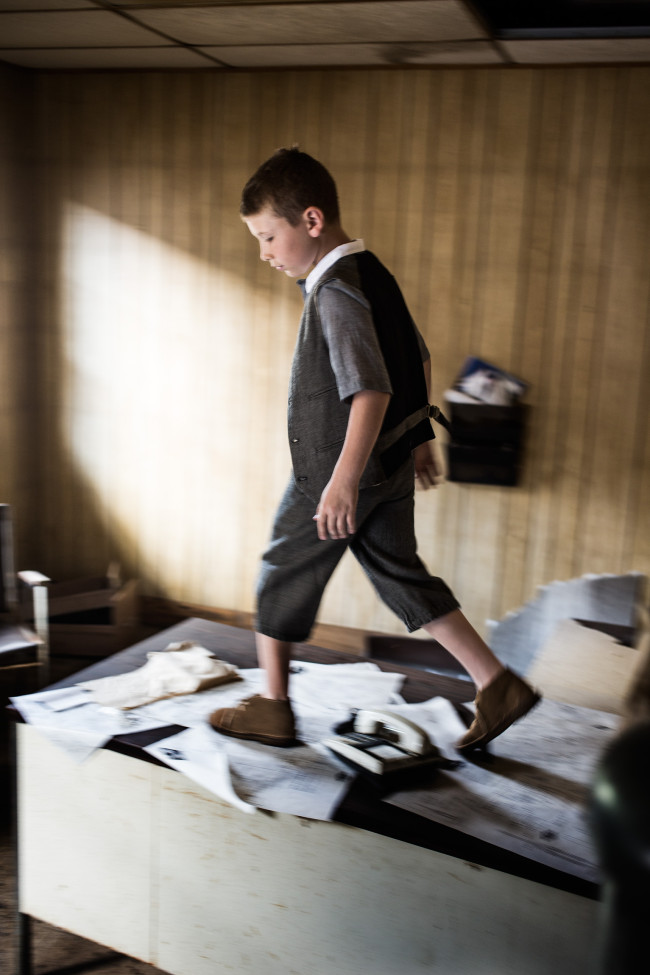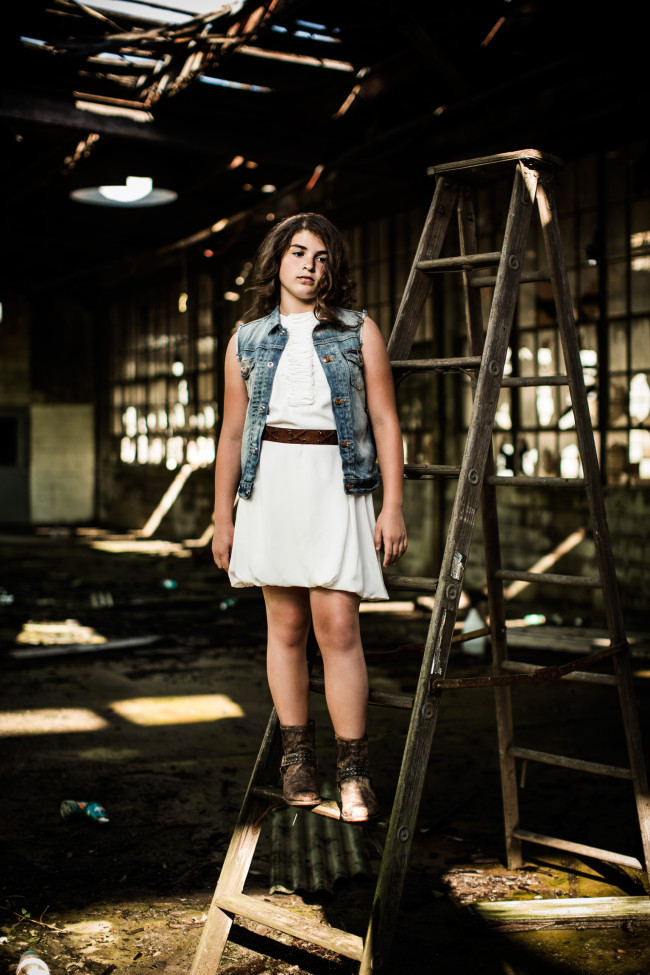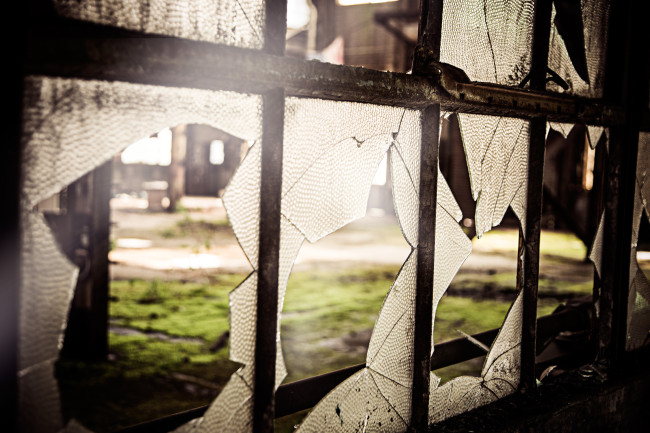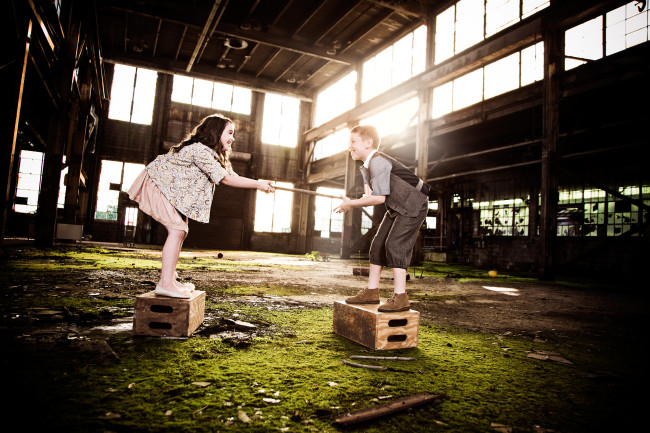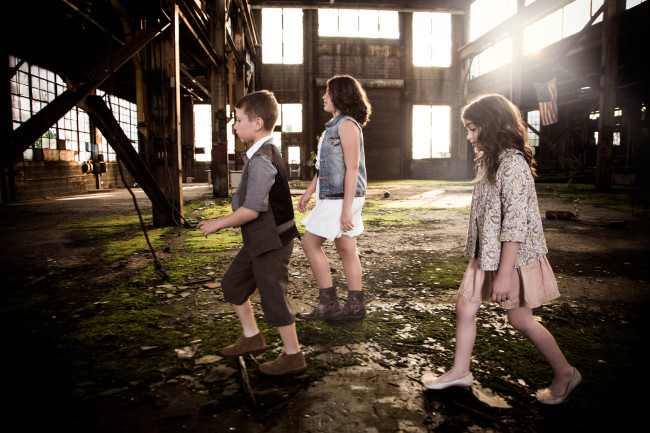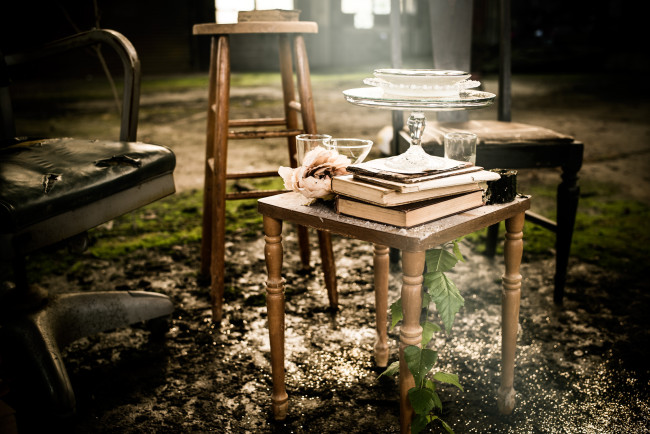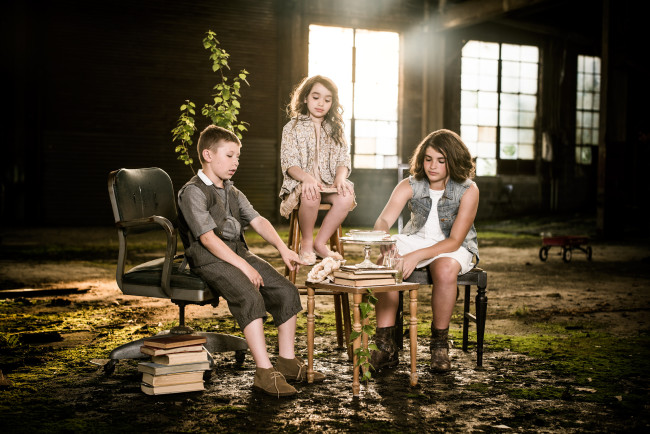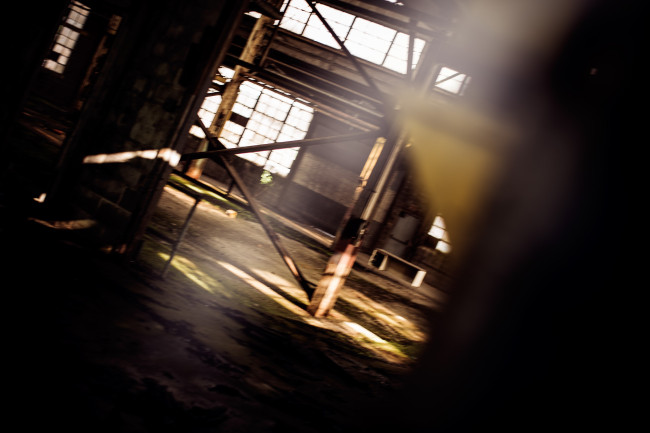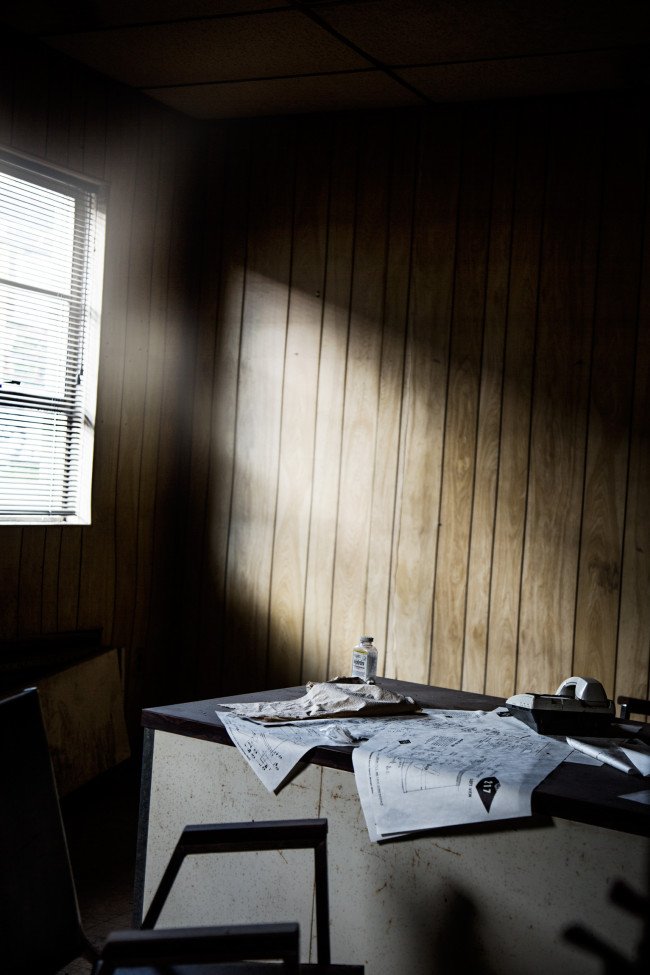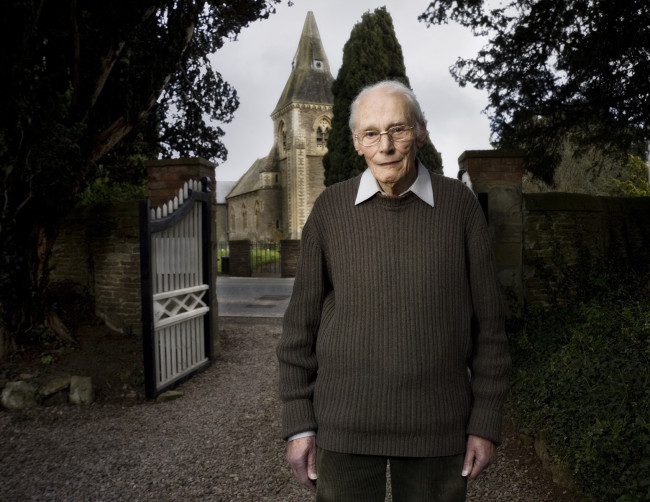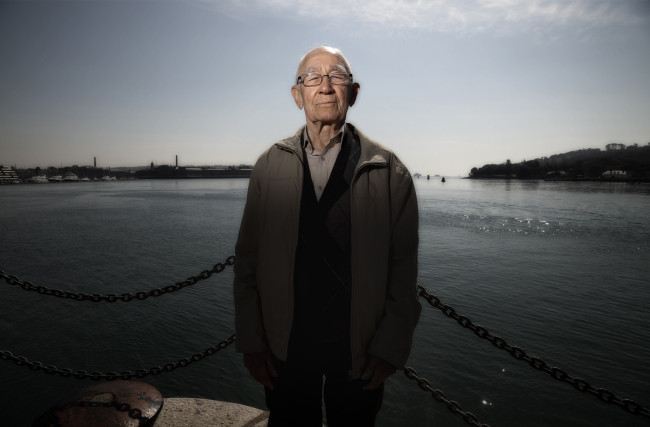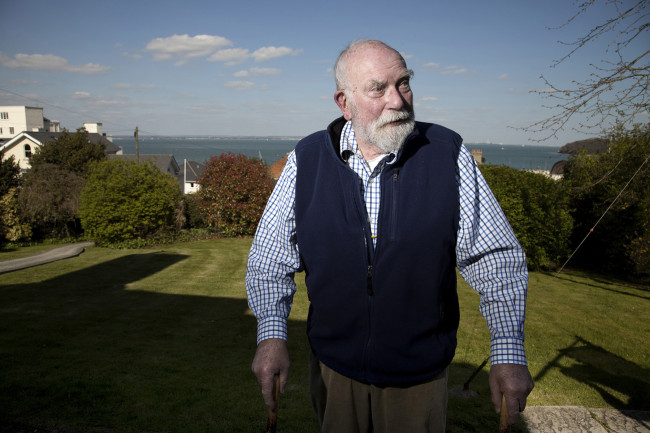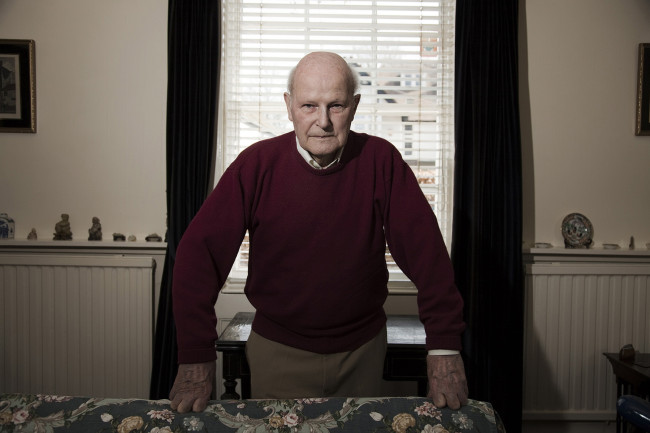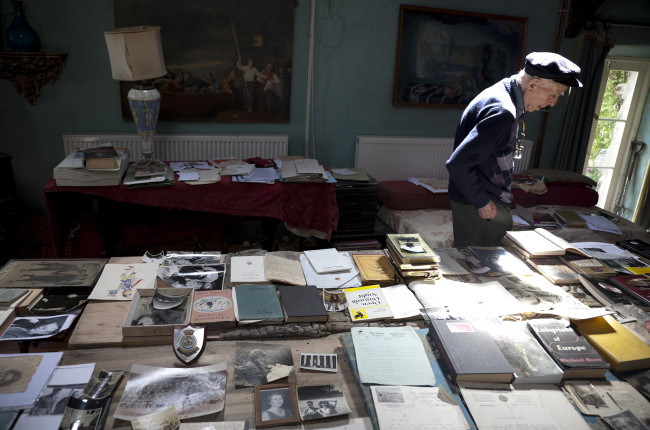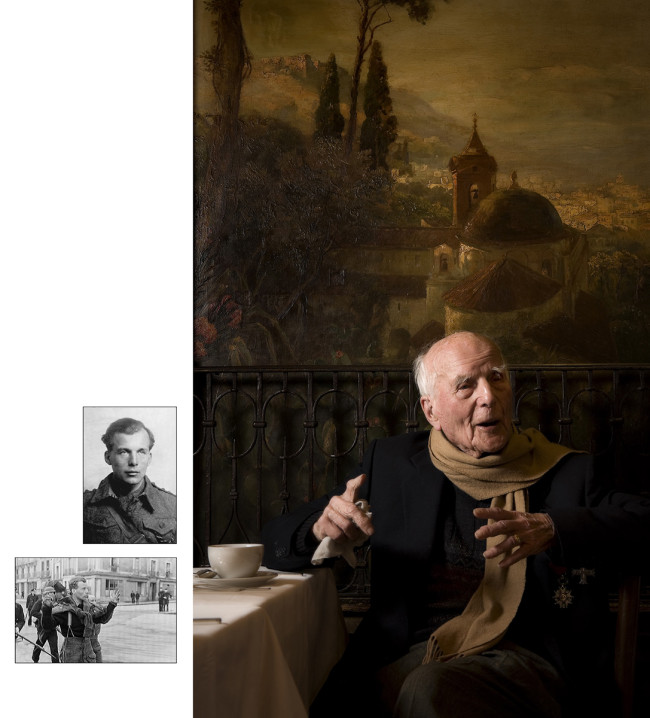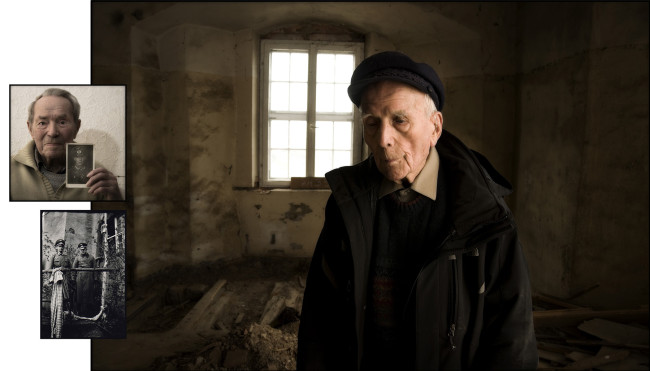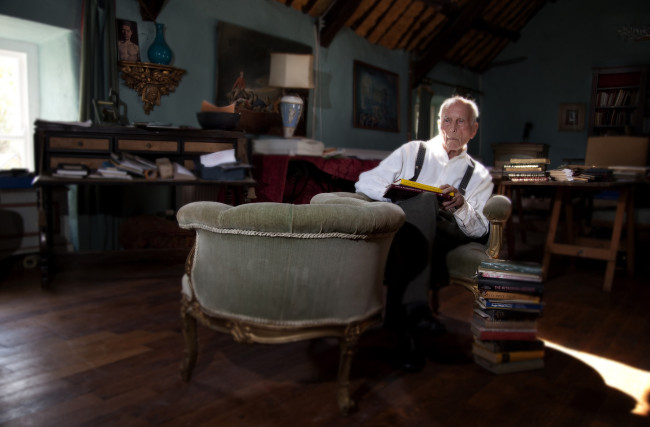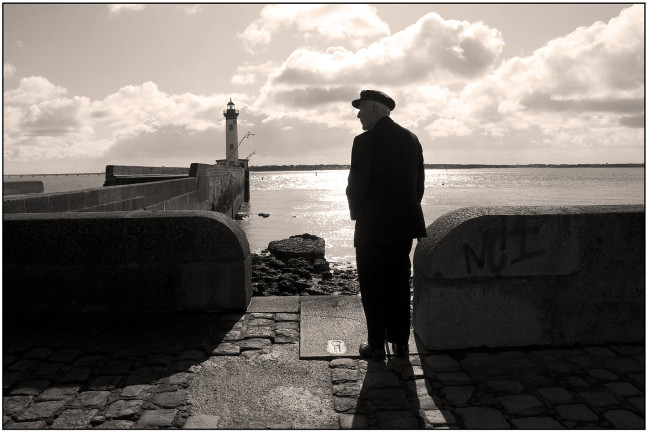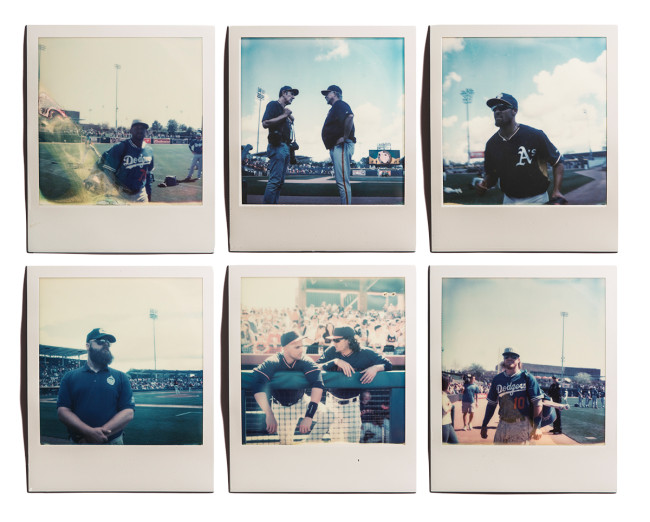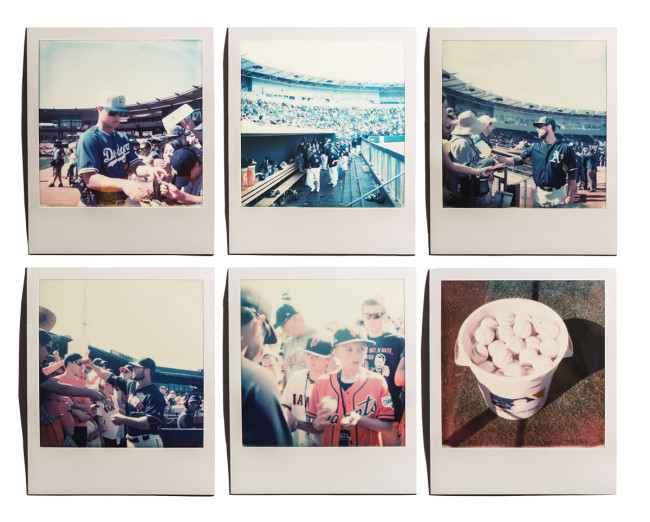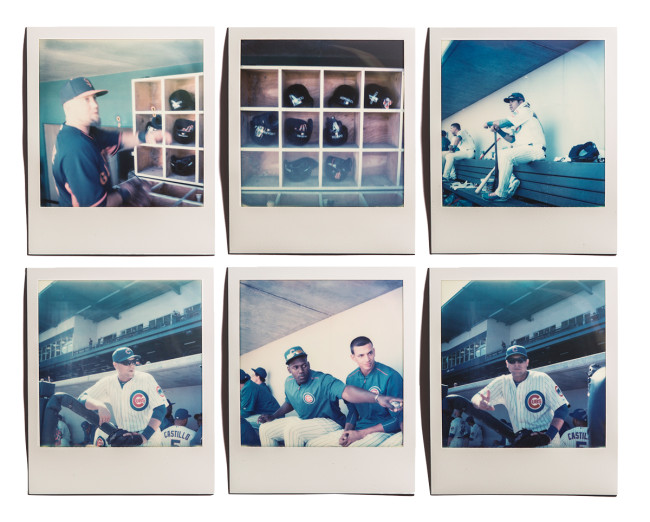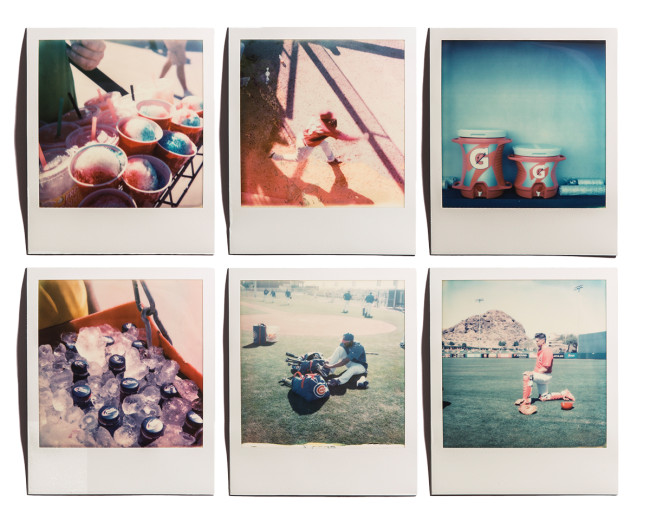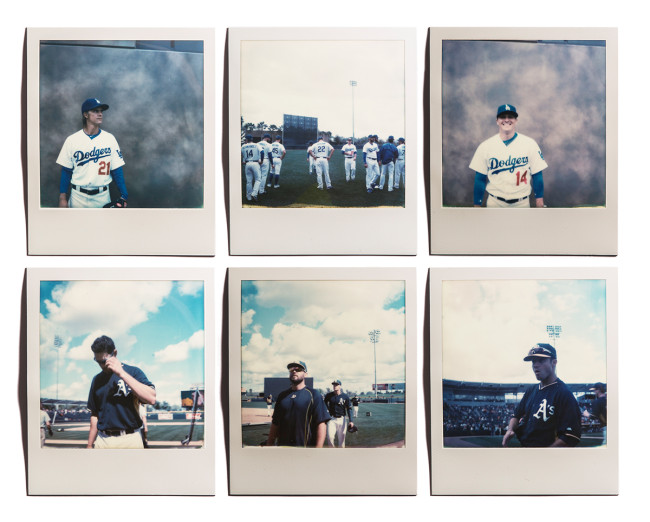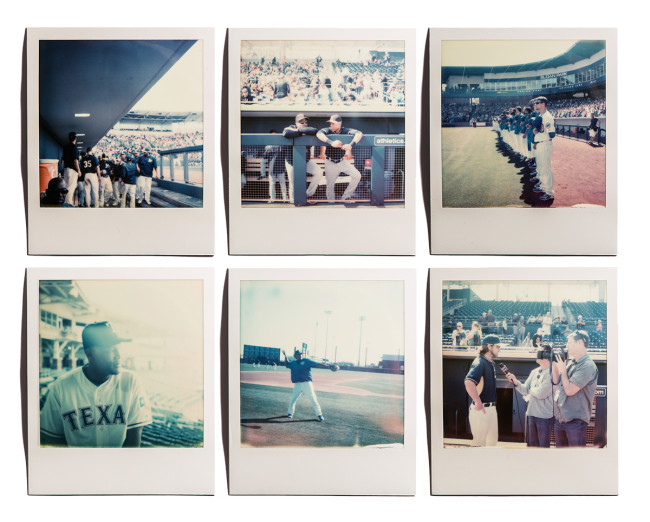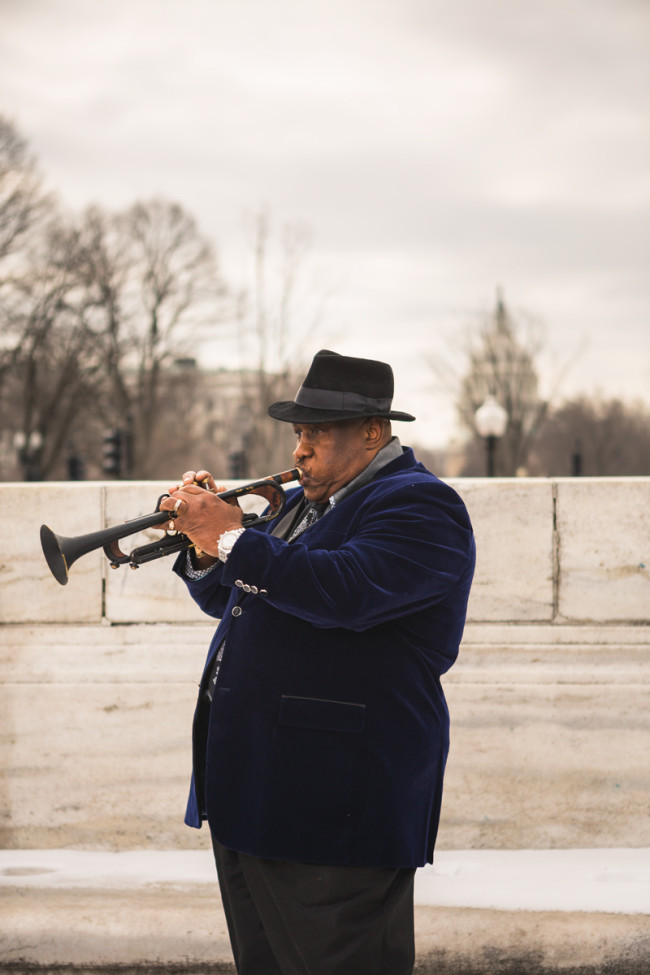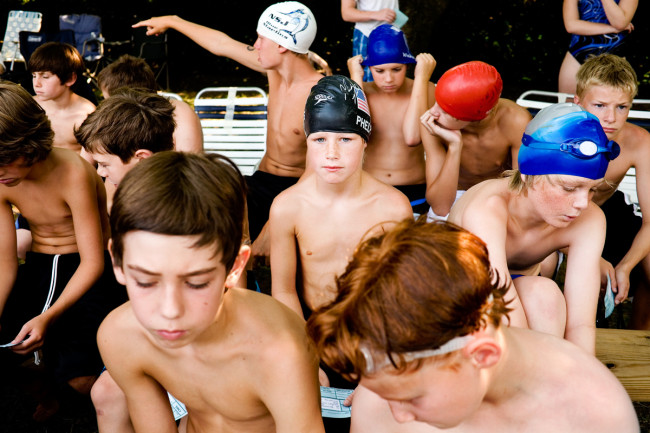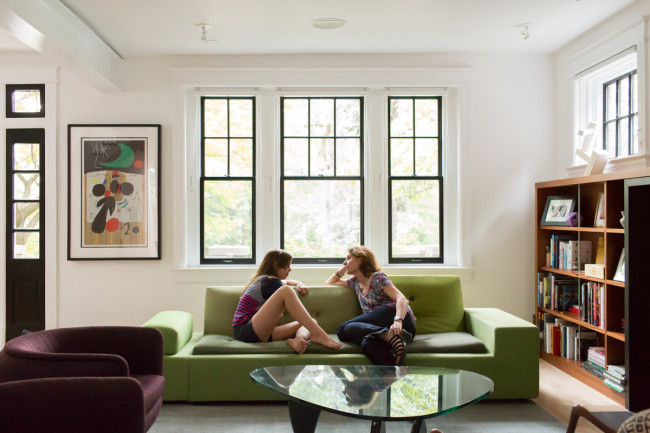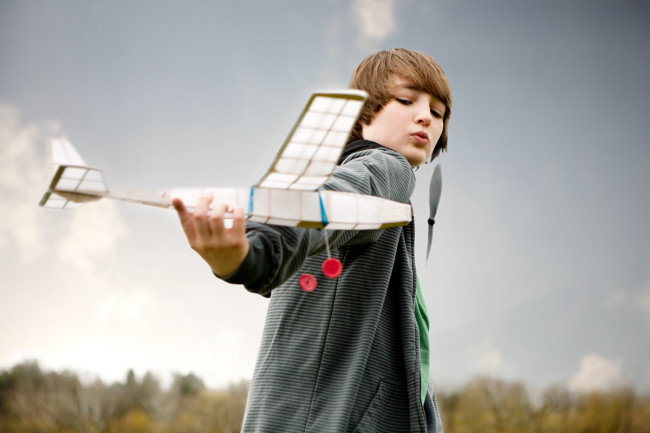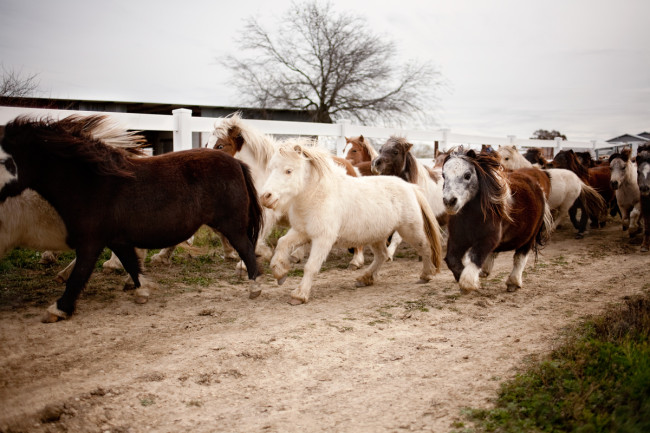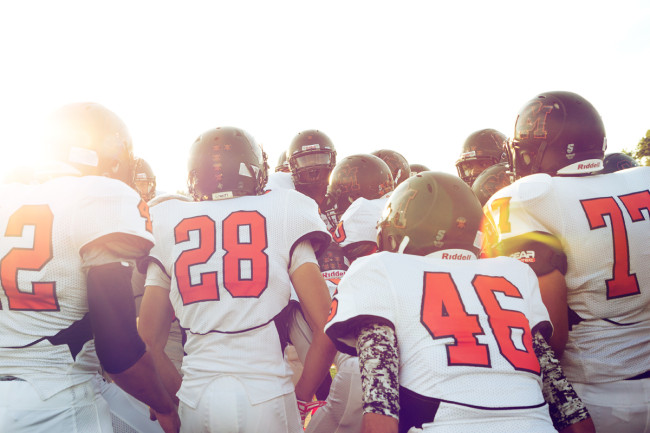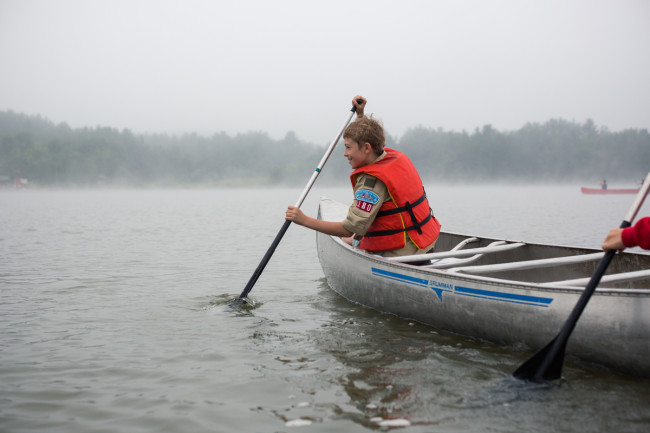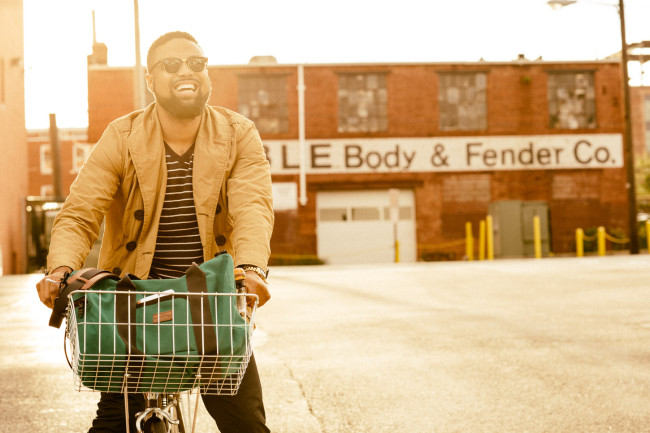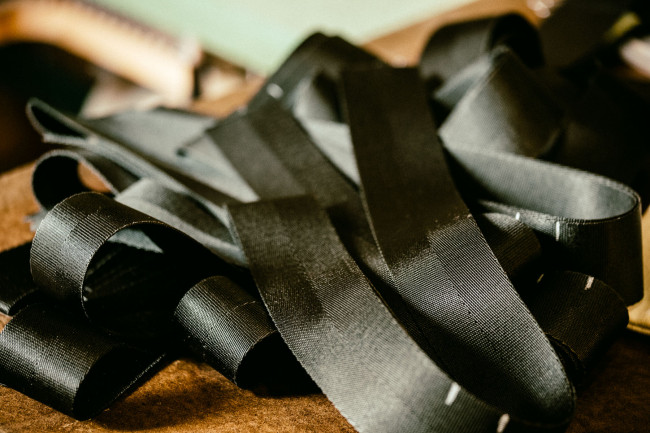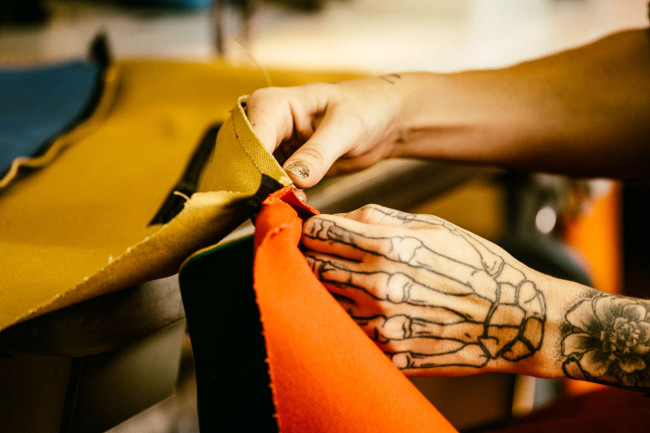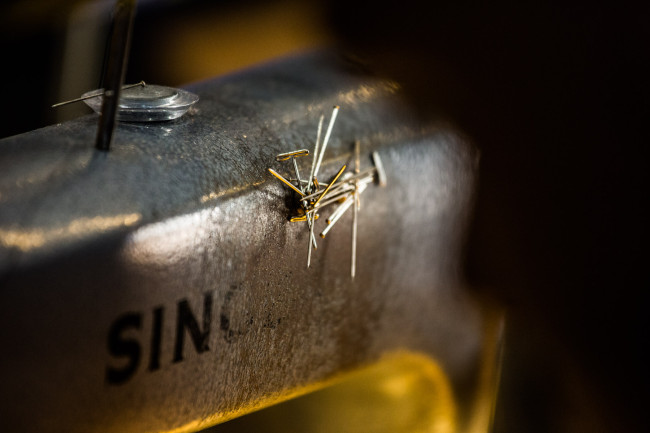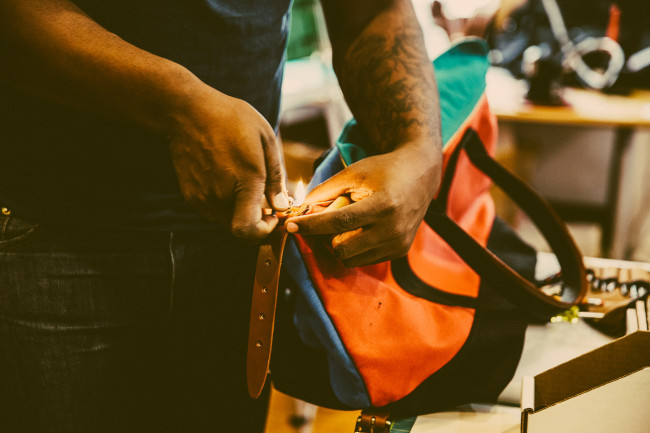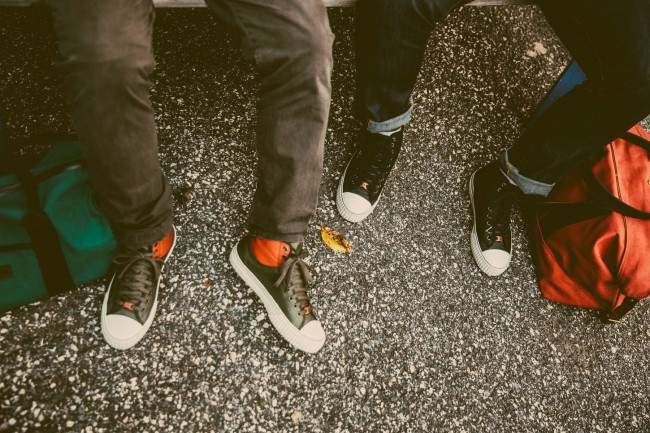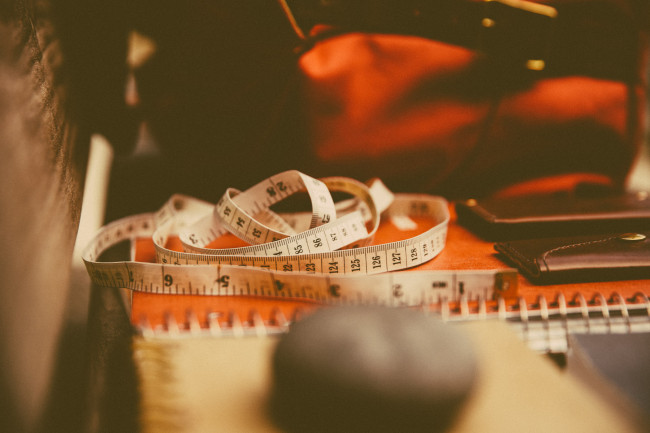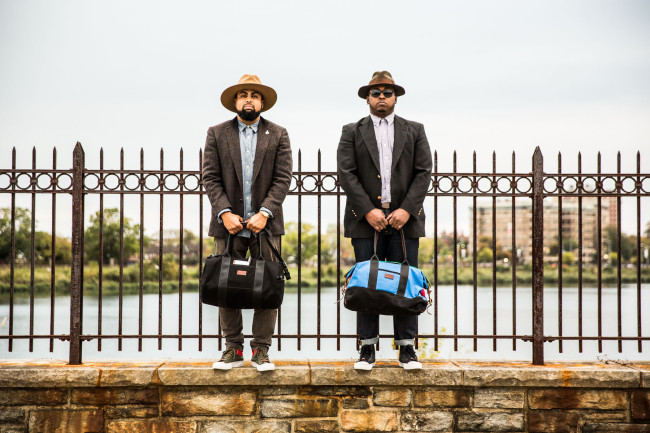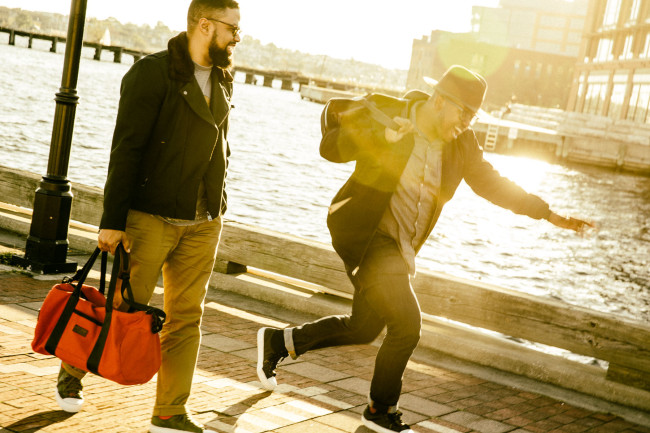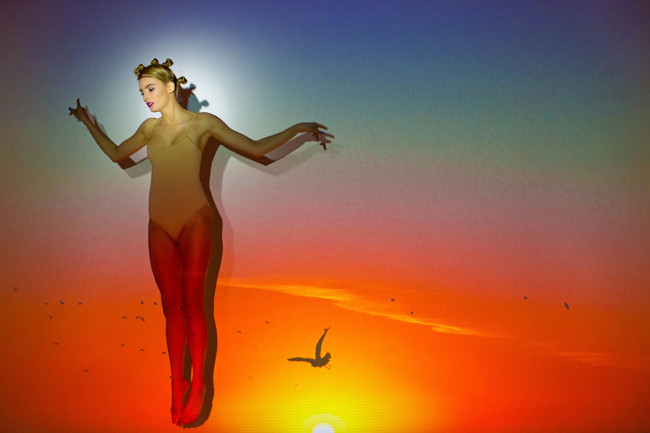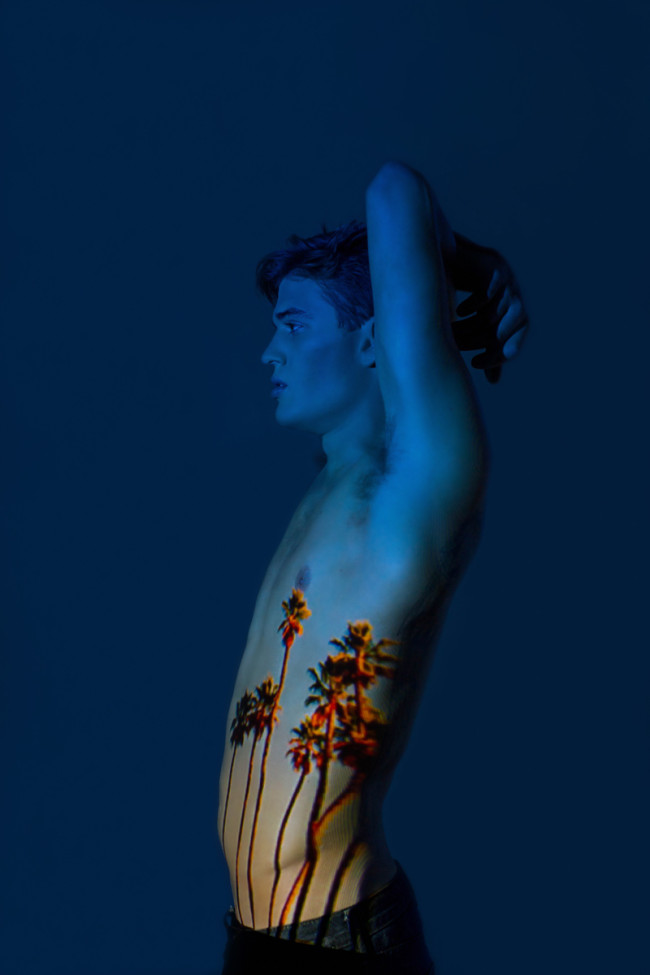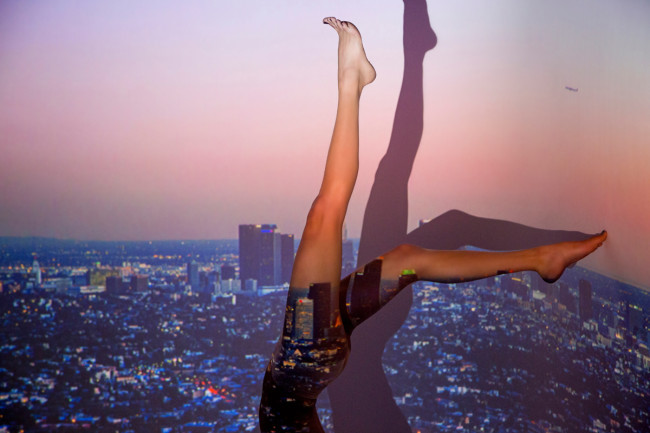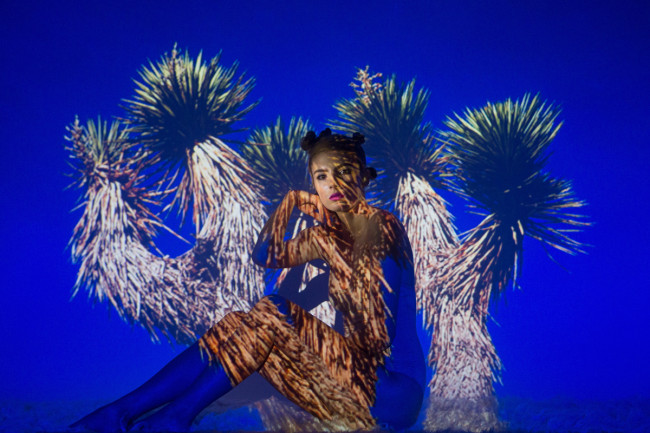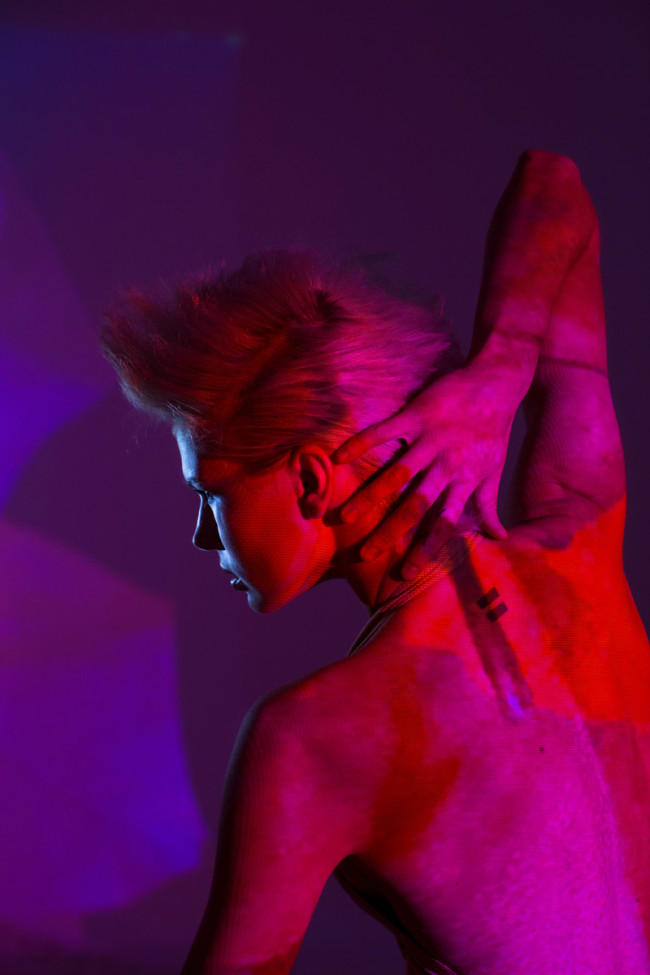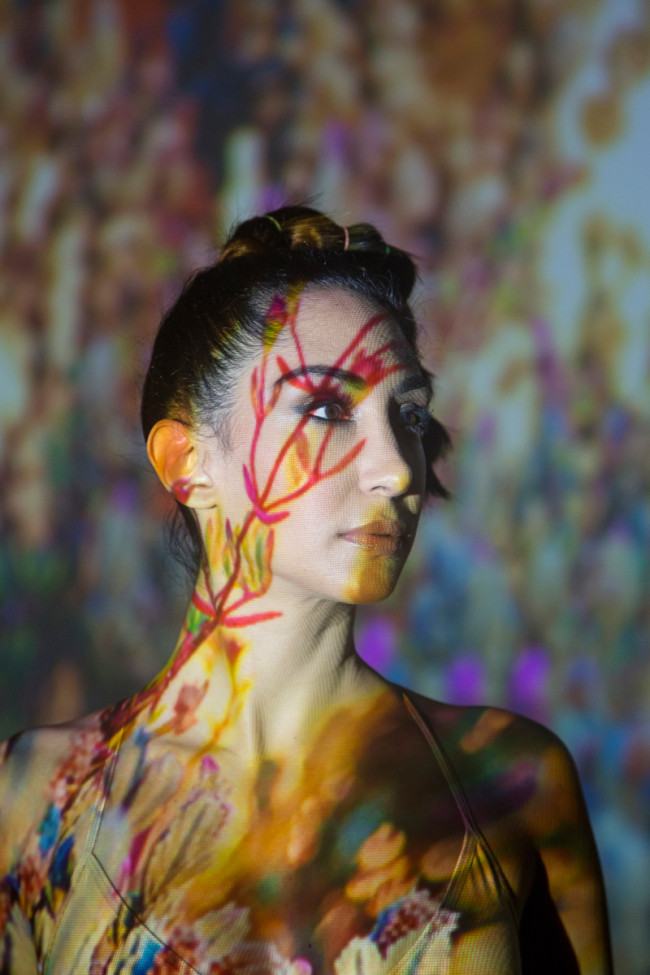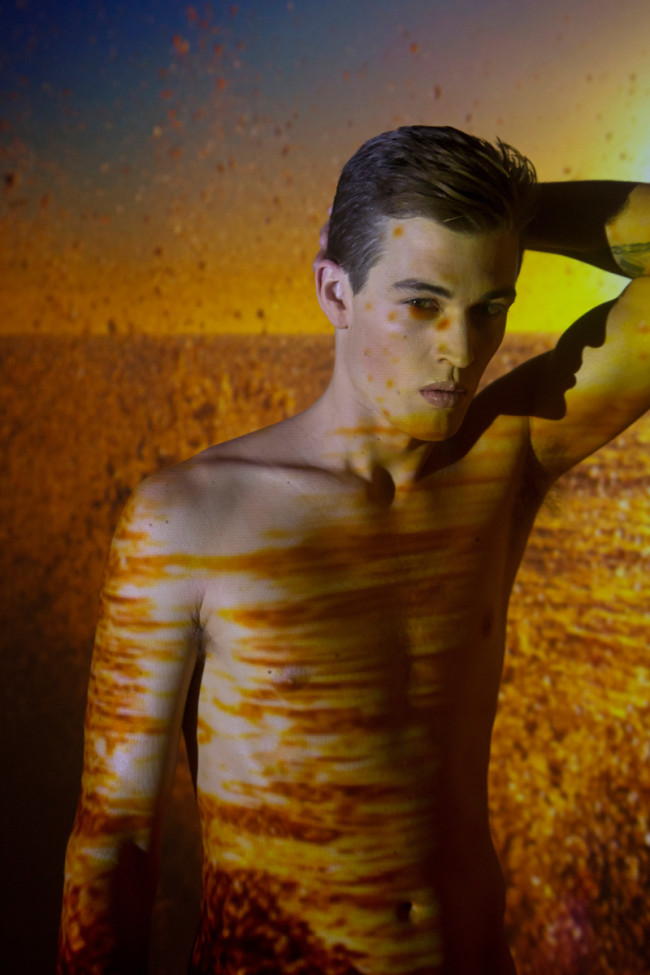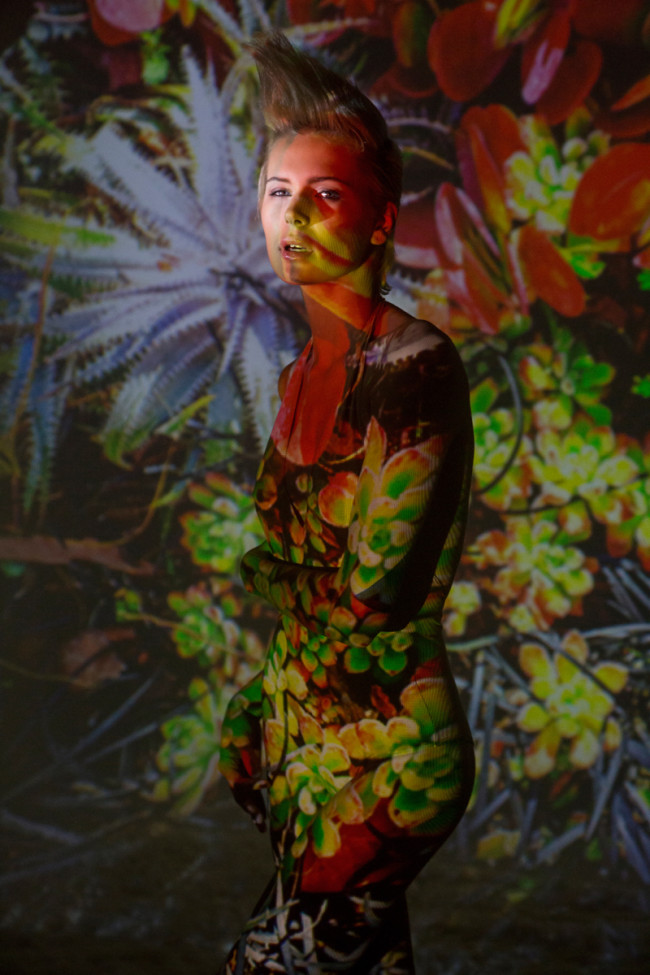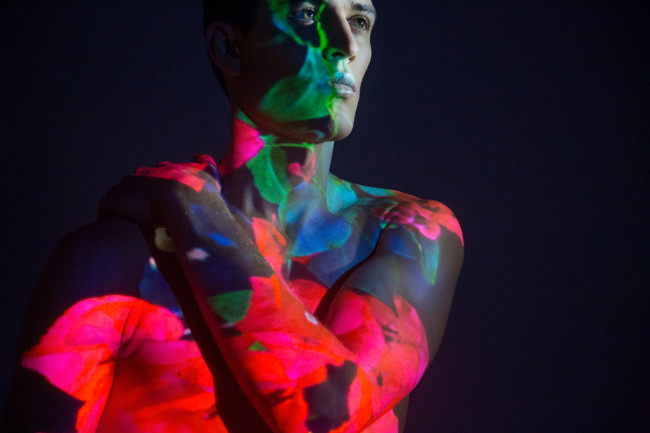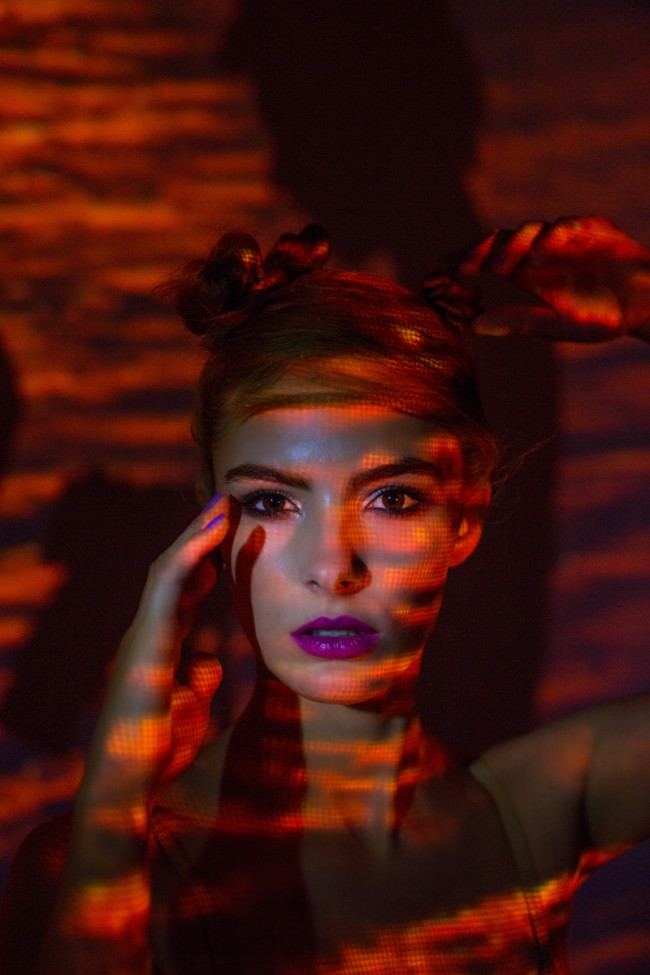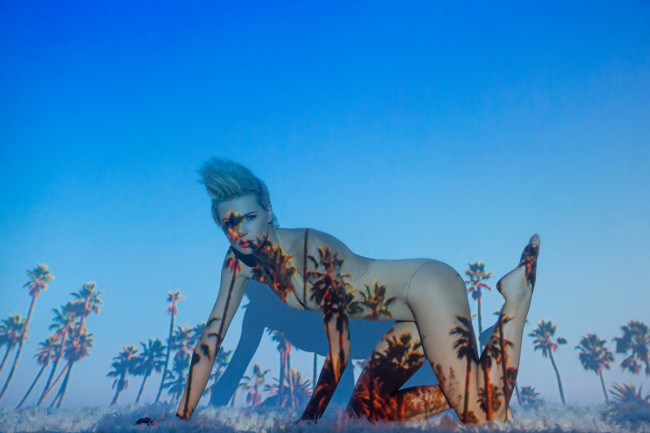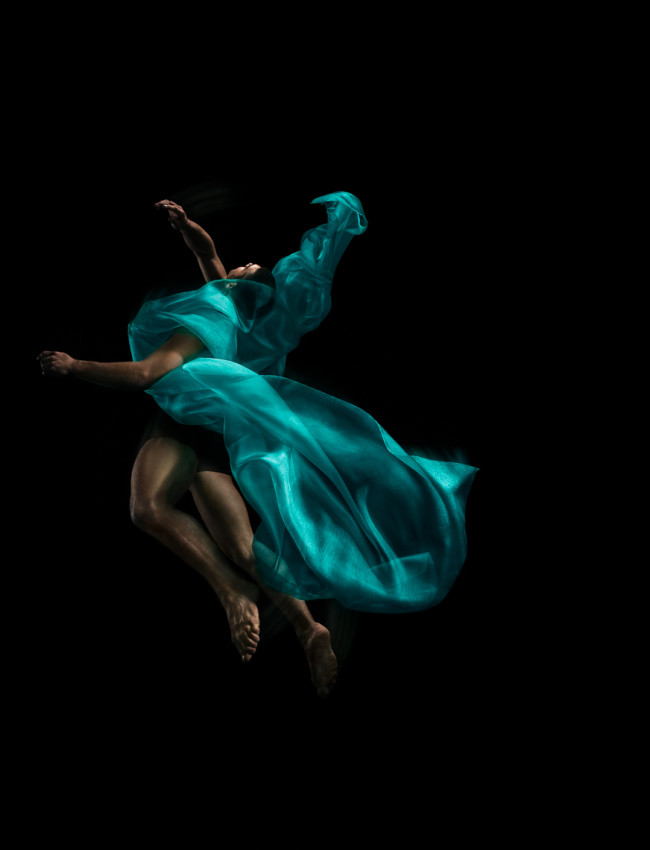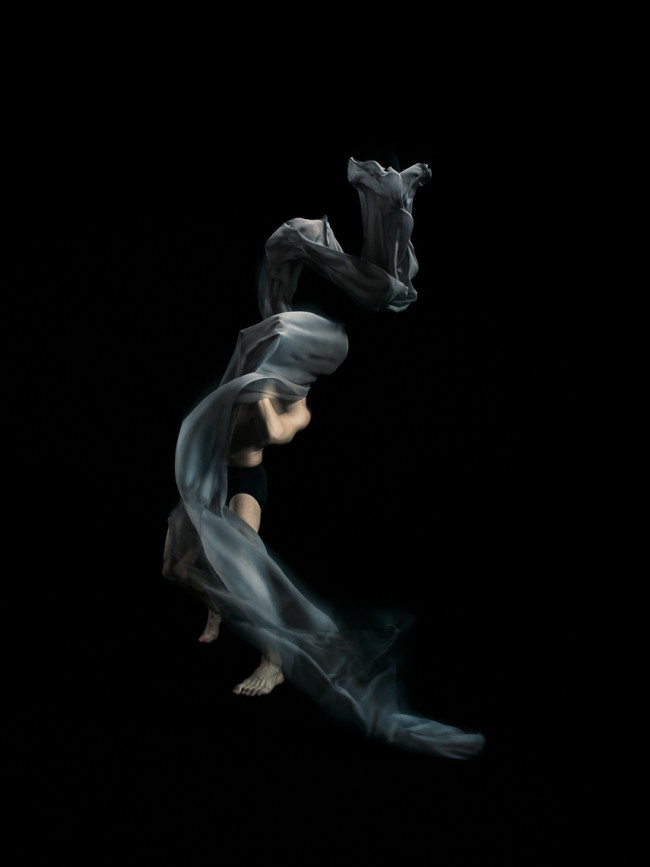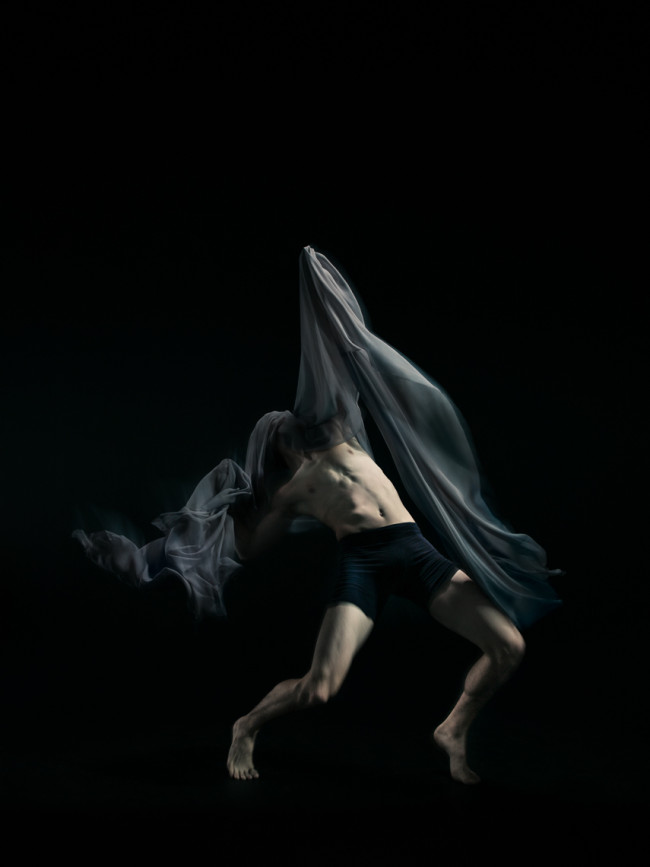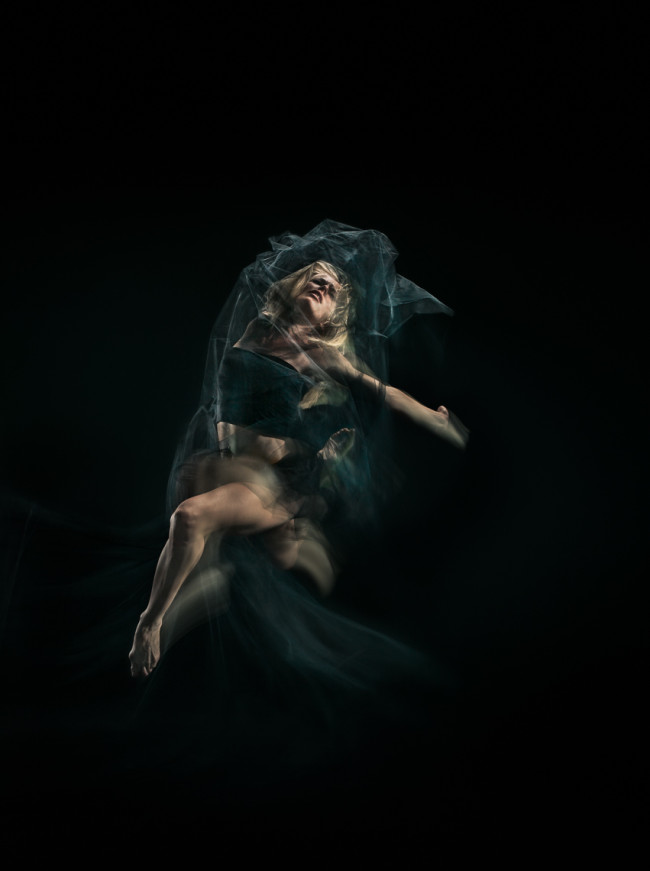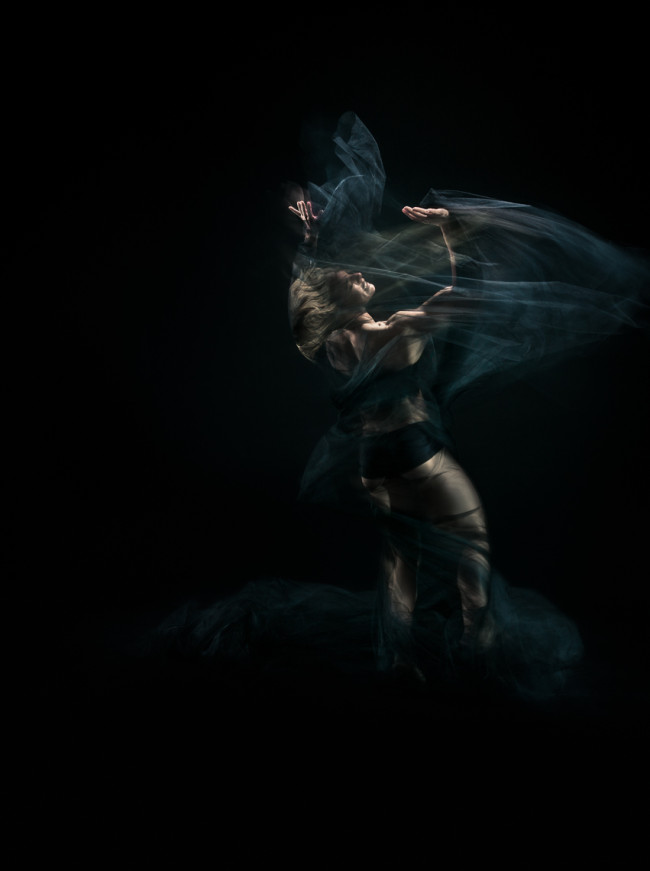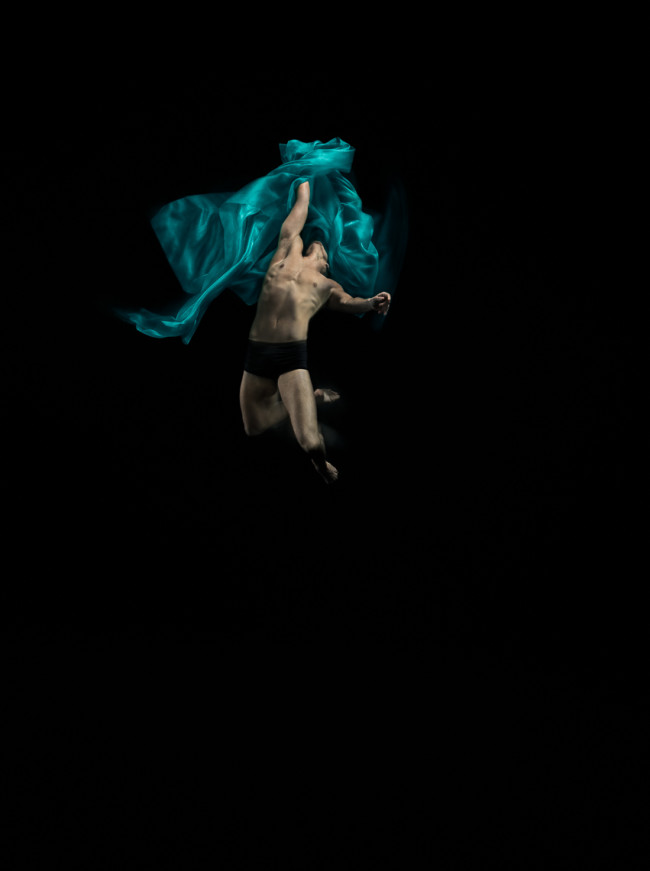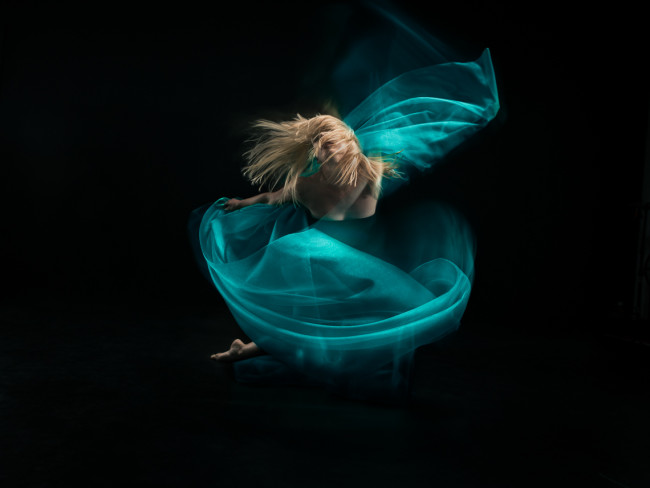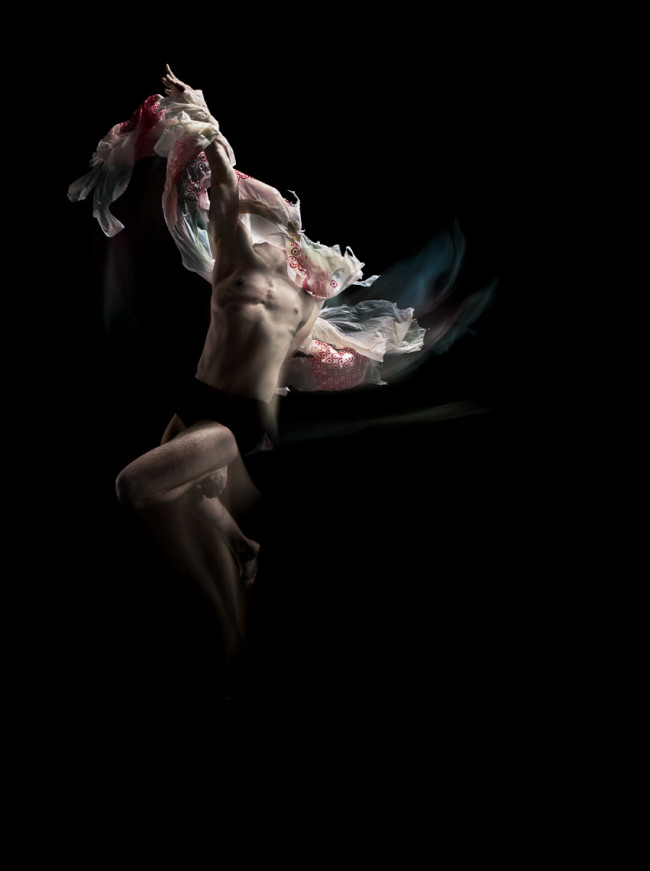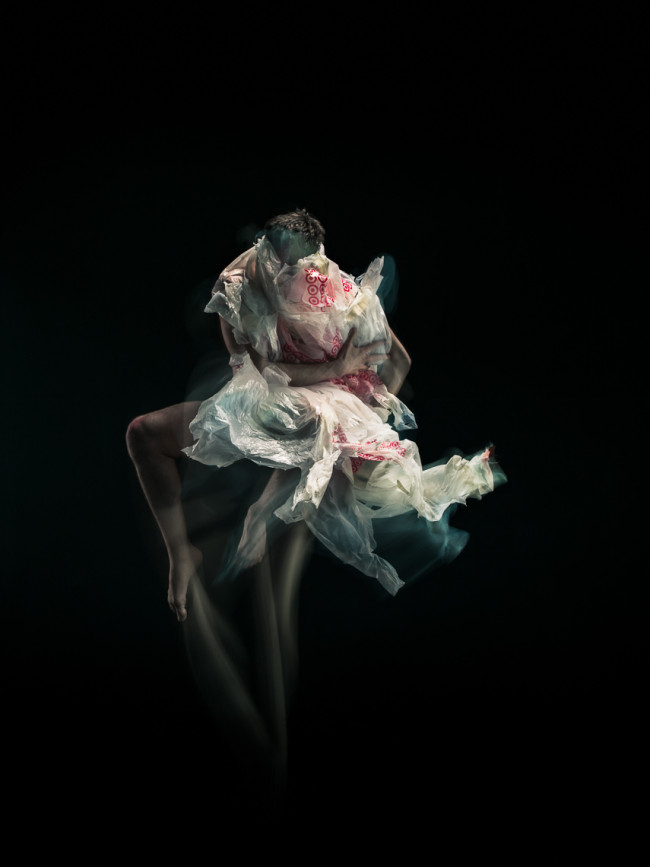As a former Art Producer, I have always been drawn to personal projects because they are the sole vision of the photographer and not an extension of an art director, photo editor, or graphic designer. This new column, “The Art of the Personal Project” will feature the personal projects of photographers using the Yodelist marketing database. You can read their blog at http://yodelist.wordpress.com. Projects are discovered online and submissions are not accepted.
Today’s featured photographer is: Craig Pulsifer




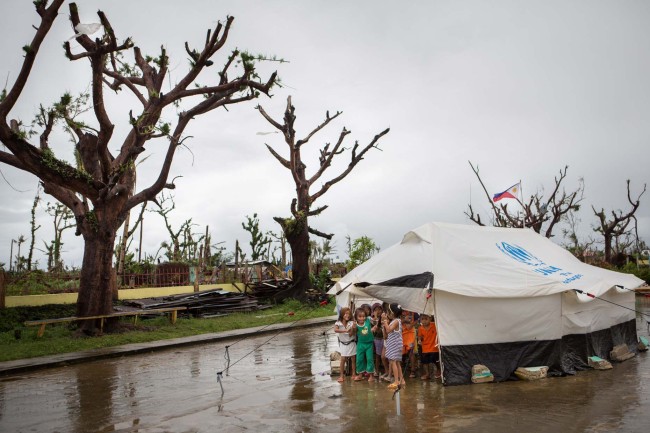
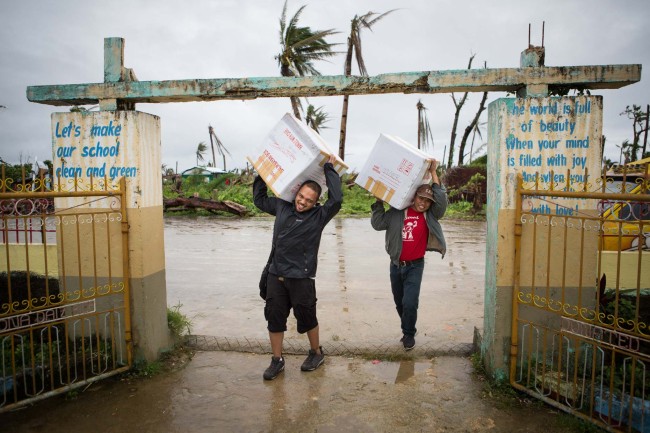
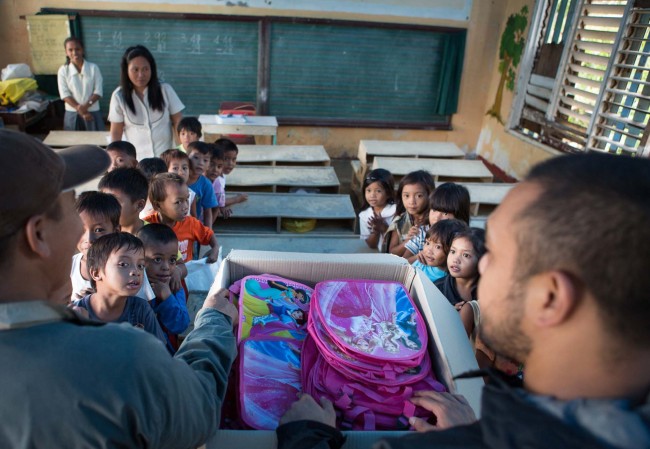

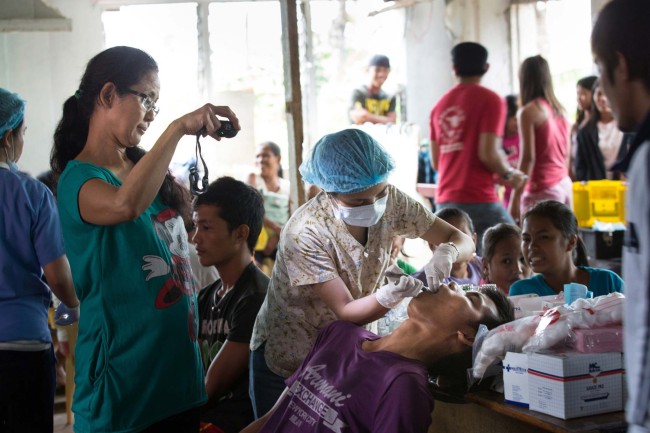
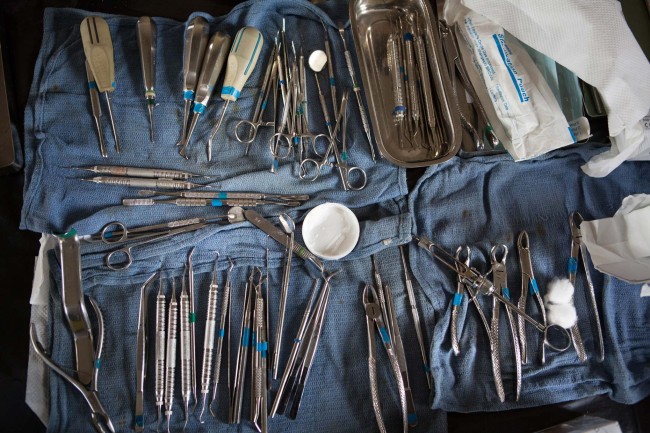
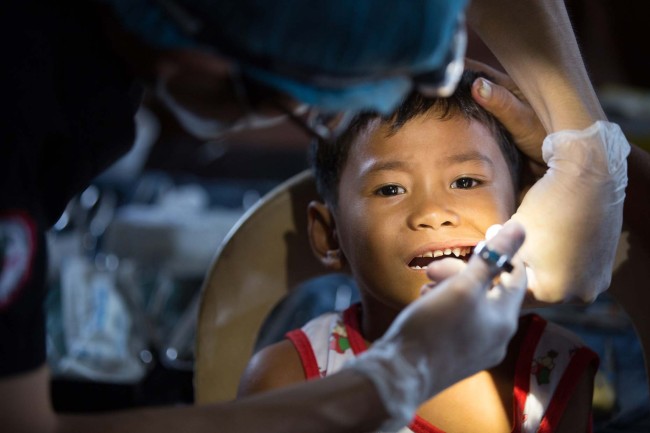

How long have you been shooting?
I was shooting for fun back in the 70’s when it was a fad to frame an Instamatic diagonally. That migrated to 35mm and 6×7 for a time, but dad said I’d starve as a poet so I went into forest engineering. By 1999, I could see what industrial forestry was doing to watersheds and decided I’d rather starve. I’ve been shooting full time ever since.
Are you self-taught or photography school taught?
I’m mostly self-taught through books, manuals, mentorships, workshops and a steady diet of trial and error. But I admire those who have taken time away from shooting to learn how to do it well.
With this particular project, what was your inspiration to shoot it?
Typhoon Yolanda (Haiyan) smashed into the central islands of the Philippines on November 8, 2013 and the news was really hitting home for us. My father-in-law (Tatay) has relatives in Palo, just outside of Tacloban near Cebu, and he wanted to get help-money in. He specifically intended it to go to a nephew Ryan, who was missing; so we made some calls and volunteered to help out where we could.
My wife, who has worked as a nurse, flew with me to Bohol where relief efforts were still underway for victims of a 7.2 earthquake that had hit the area 3-weeks earlier. While there, we got wind of a medical mission flying into Tacloban, a town that Typhoon Yolanda had all-but-flattened; so, we set out to find my wife’s cousin by chasing a separate story with the working title, “Saving Ryan Privately”, a story that has yet to be told properly.
How many years have you been shooting this project before you decided to present it?
We’ve always had a big heart for S.E. Asia and have been doing photo-walkabouts to the Philippines for over 10 years. In 2013, when Typhoon Yolanda struck, organizers of our “Kids at Risk” project* (see footnote) wanted to contribute to an Emergency Disaster Relief Fund for Yolanda survivors. That fit nicely with other interests we had on the ground and it offered a chance to show donors and participants what those funds looked like in action.
How long do you spend on a personal project before deciding if it is working?
Hmm… tough question. For me, a humanitarian story ‘works’ when it motivates others to get tangibly involved in the story – and that certainly happened with the Yolanda Gap Relief story. But I admit, without the metrics of opt-ins and dollars earned, boxes delivered and bellies filled, it’s pretty tough to quantify the success of most personal projects.
Since shooting for your portfolio is different from personal work, how do you feel when the work is different?
My personal work is very different than the commercial portfolio work, and that can be frustrating – like that Ian Hunter album “You’re Never Alone with a Schizophrenic”. But the bottom line is that most creative challenges get me stoked – whether it’s a humanitarian cause or selling a bar of soap – because in the end, it’s the commercial work that frees me up to tackle personal projects.
Have you ever posted your personal work on social media venues such as Reddit, Tumblr, Instagram or Facebook?
Sure, all the time.
If so, has the work ever gone viral and possibly with great press?
The humanitarian work hasn’t gone viral, but I’m more interested in qualified engagement than the number of views there.
On lighter stuff, I’ve seen some interesting metrics. There was a DIY blog post called “How to fix a stuck filter” with a hammer and hacksaw that F-Stoppers and PetaPixel picked up on. And there was a gear-related video for Lowepro called Watertight that hit 50,000 views, but both were a long way from viral.
Have you printed your personal projects for your marketing to reach potential clients?
Yes. Last year I collaborated with consultants Pedro & Jackie to print a tri-fold photo essay called Ukraine: Postcards from the Motherland. It was passed around at PDN PhotoPlus Expo last year and received some great feedback but no concrete work. That was probably the wrong venue for something as documentary/editorial as that. I’ve still got a few hundred kicking around if you want one.
Artist Statement: Creative talent is the most valuable currency an artist possesses. How better to spend it than on projects that bless others and hopefully feed the greater good of us all.
*Footnote: In 2010, my wife launched a small fundraising program called “Kids at Risk” in Salmon Arm, BC to educate her friends about the pressing needs of Filipino street kids and get solid help over to trustworthy feeding and educational programs in the Philippines. More on that, here: World of Good [length 4:45]
—————
Commercial lifestyle and portrait photographer, Craig Pulsifer thrives on that line between personal and product assignment work. He draws inspiration from Gully Jimson, Bruno Gerussi, Larry Towell, and some of today’s top news shooters who work to master the craft of fine-art storytelling.
APE contributor Suzanne Sease currently works as a consultant for photographers and illustrators around the world. She has been involved in the photography and illustration industry since the mid 80s, after establishing the art buying department at The Martin Agency then working for Kaplan-Thaler, Capital One, Best Buy and numerous smaller agencies and companies. She has a new Twitter feed with helpful marketing information believing that marketing should be driven by a brand and not specialty. Follow her on twitter at SuzanneSease.


